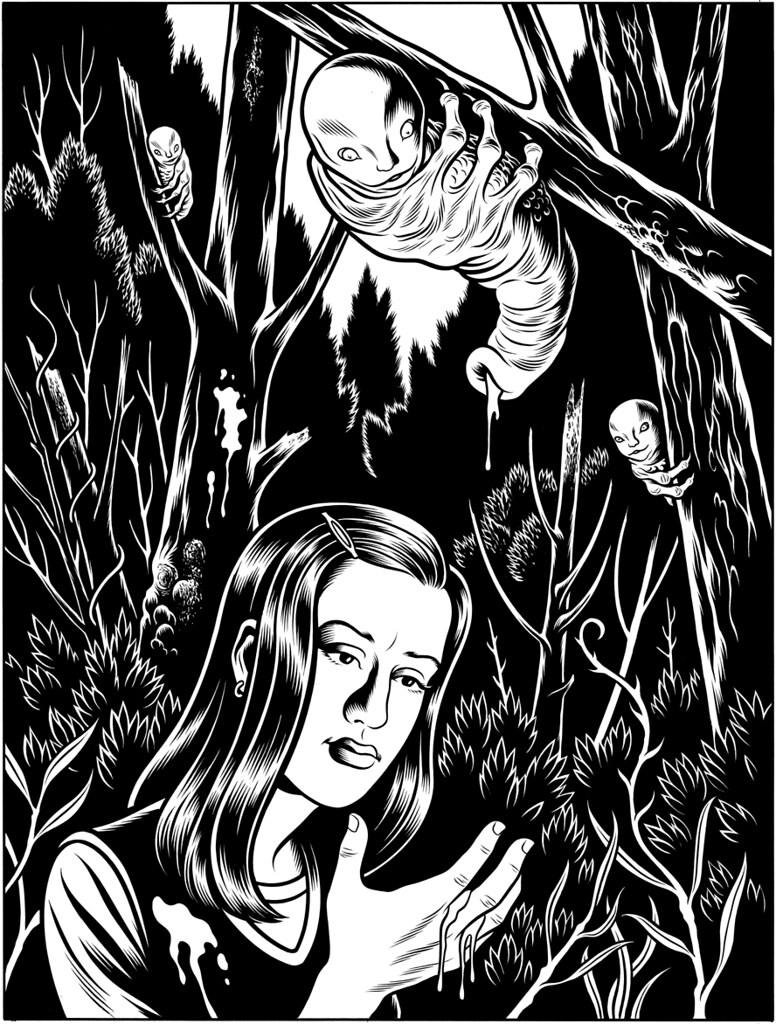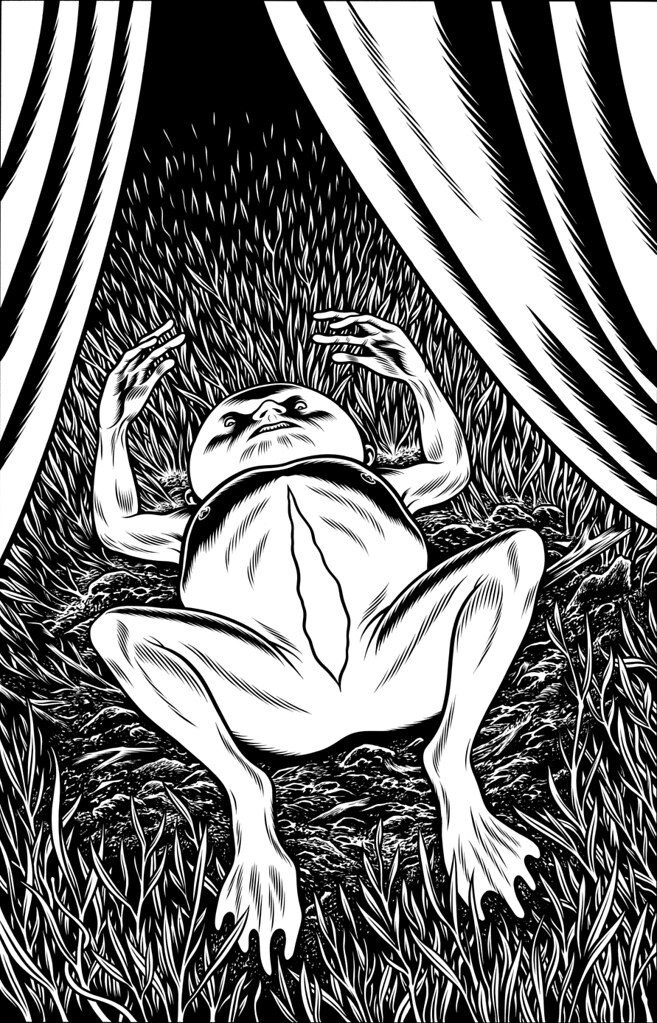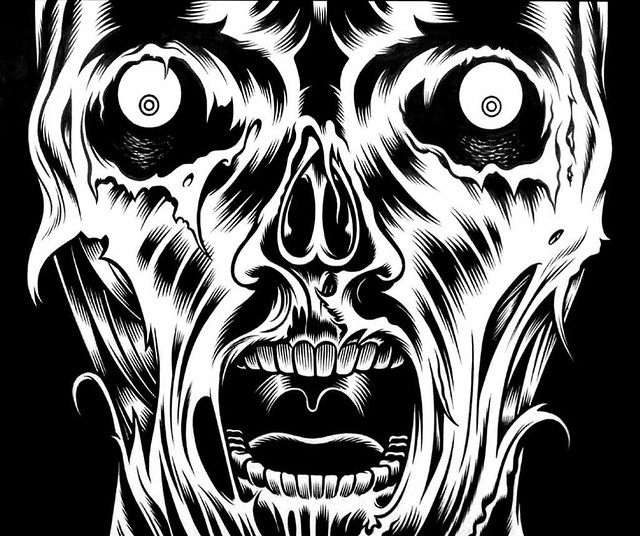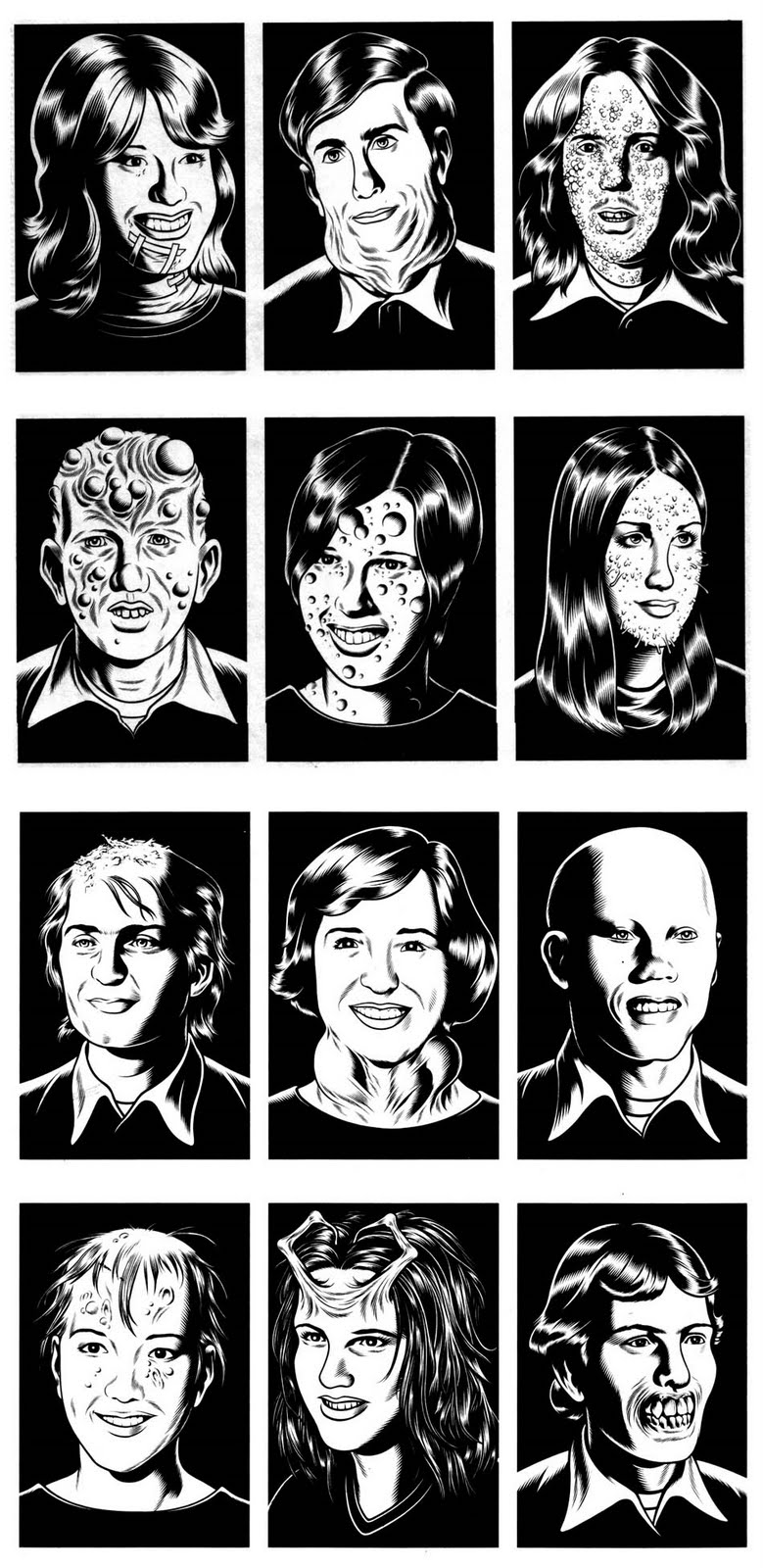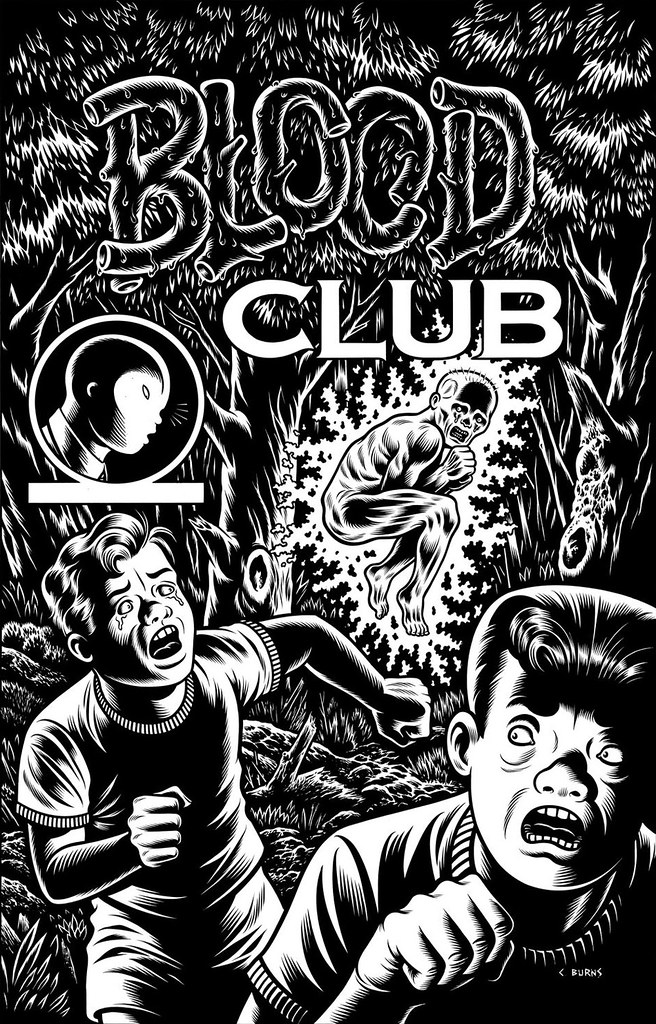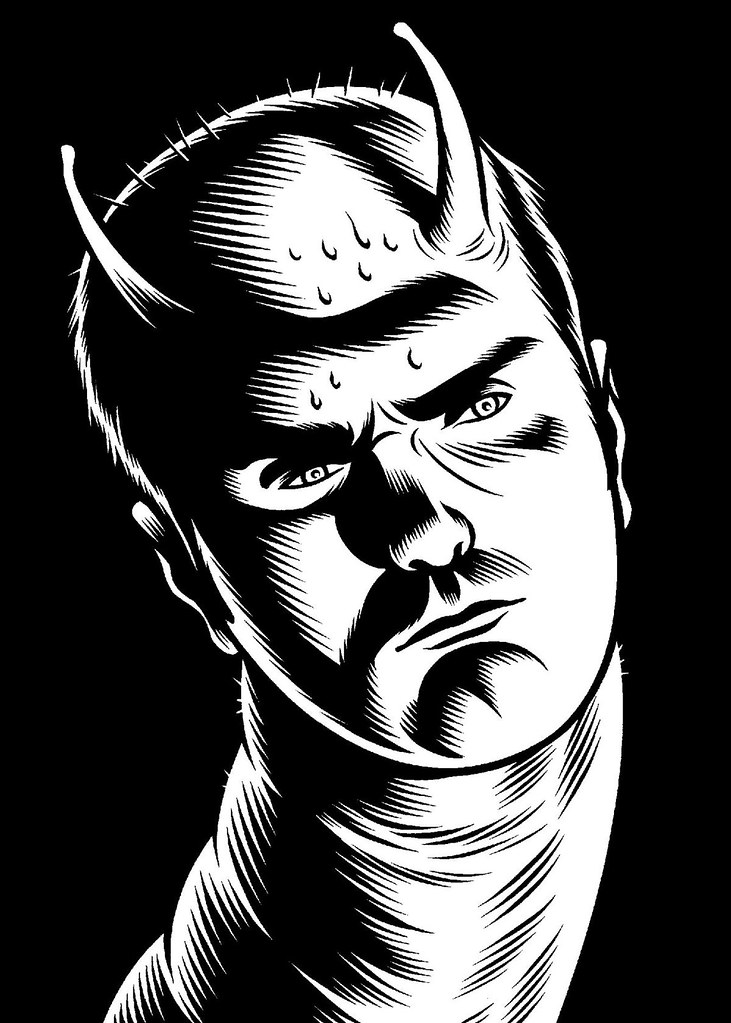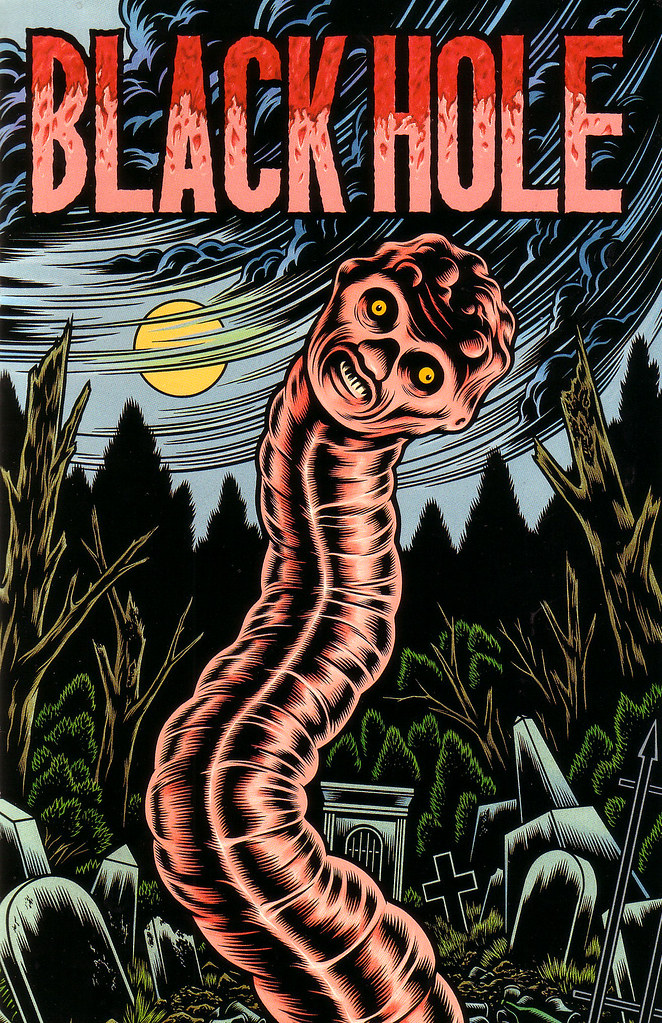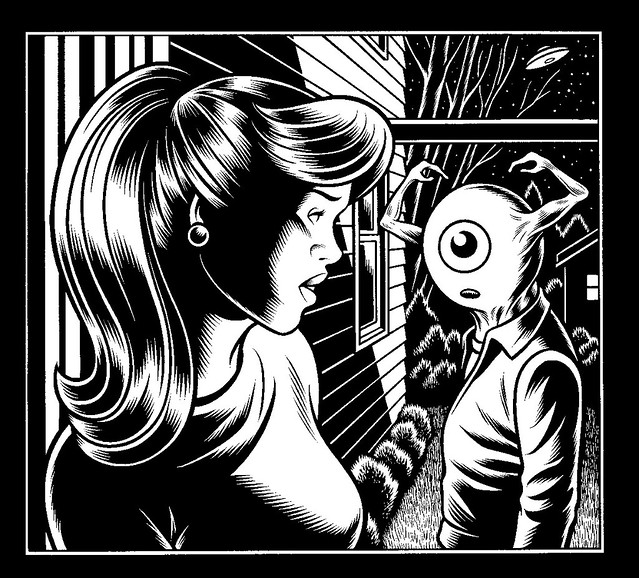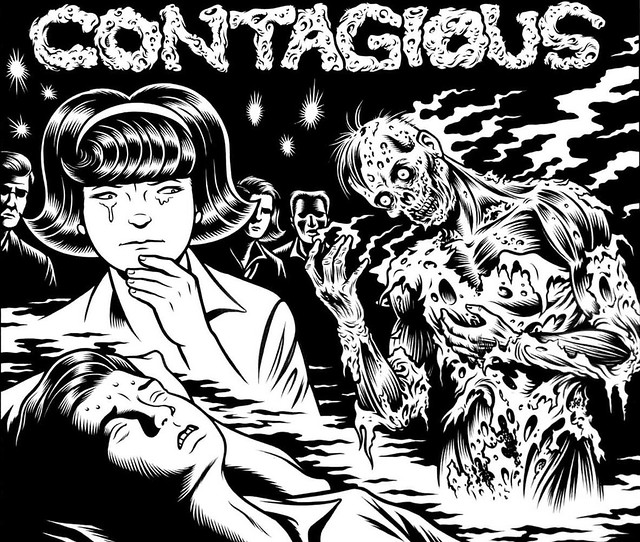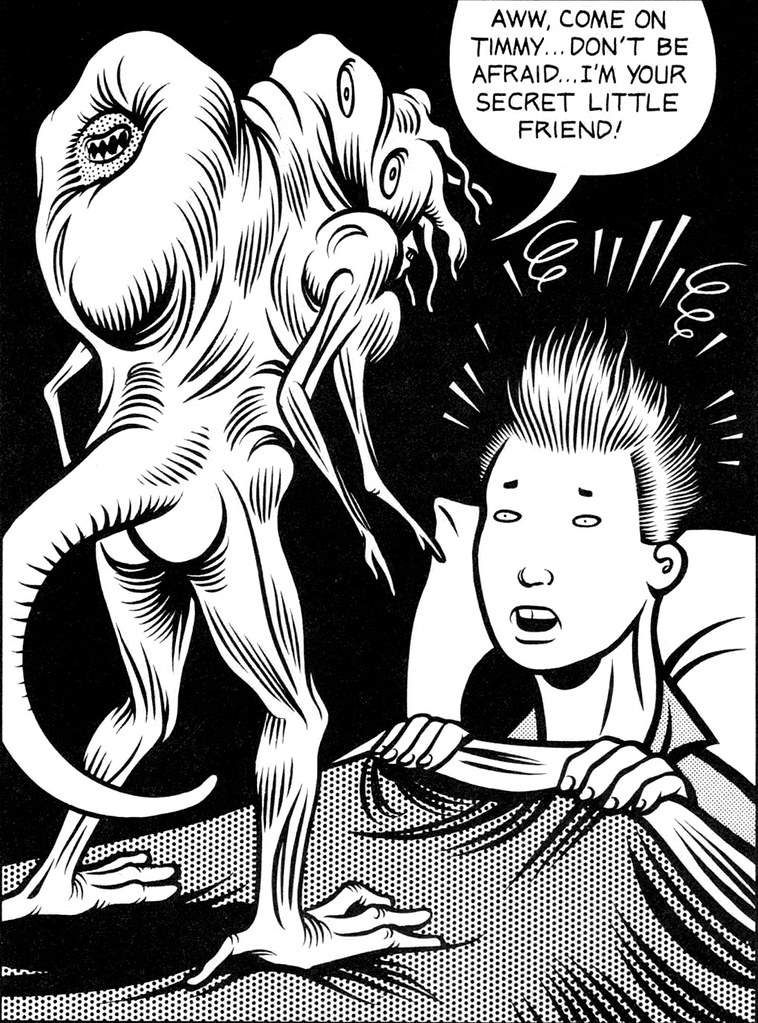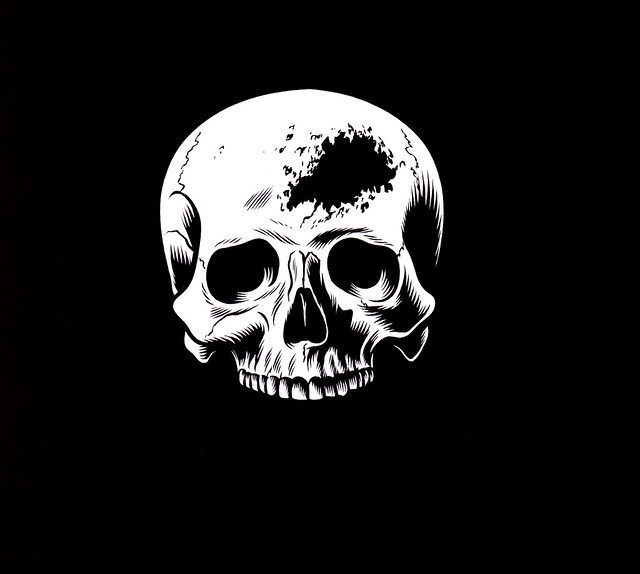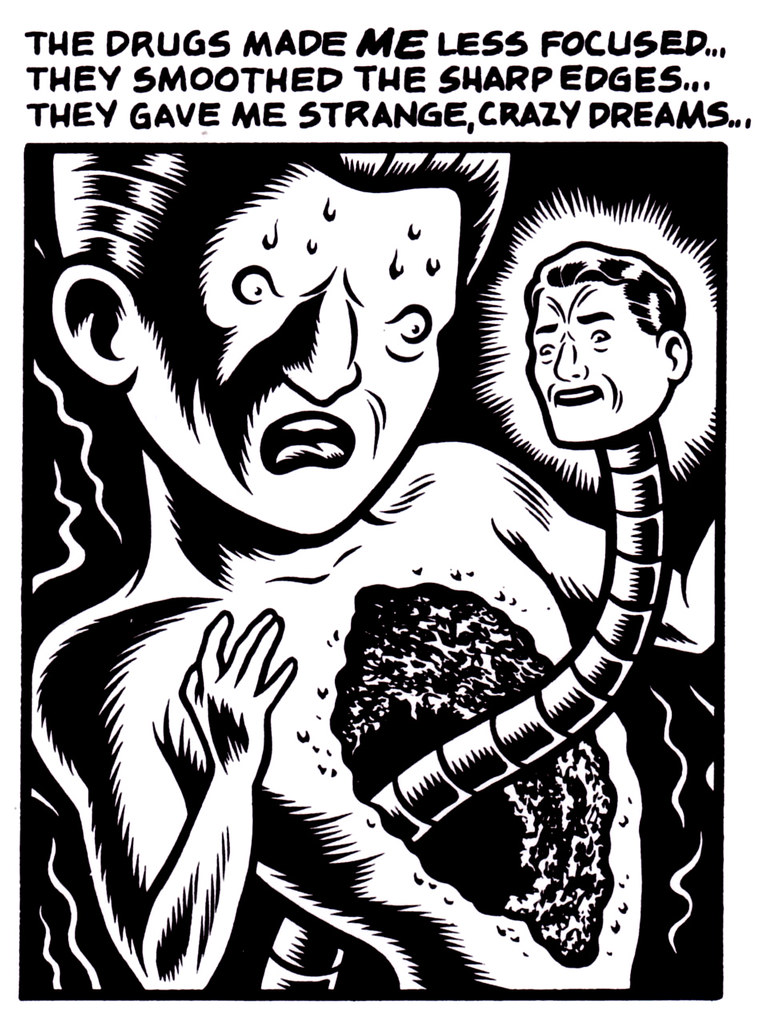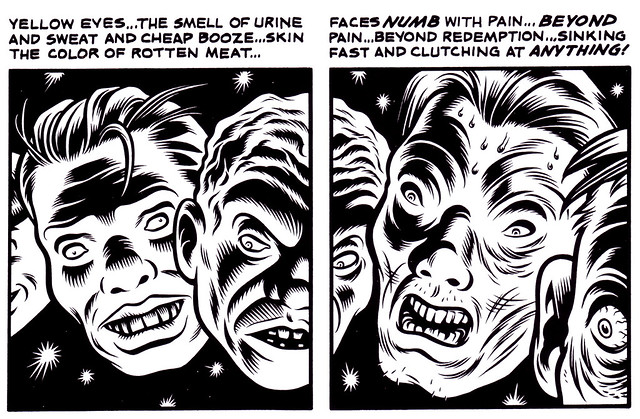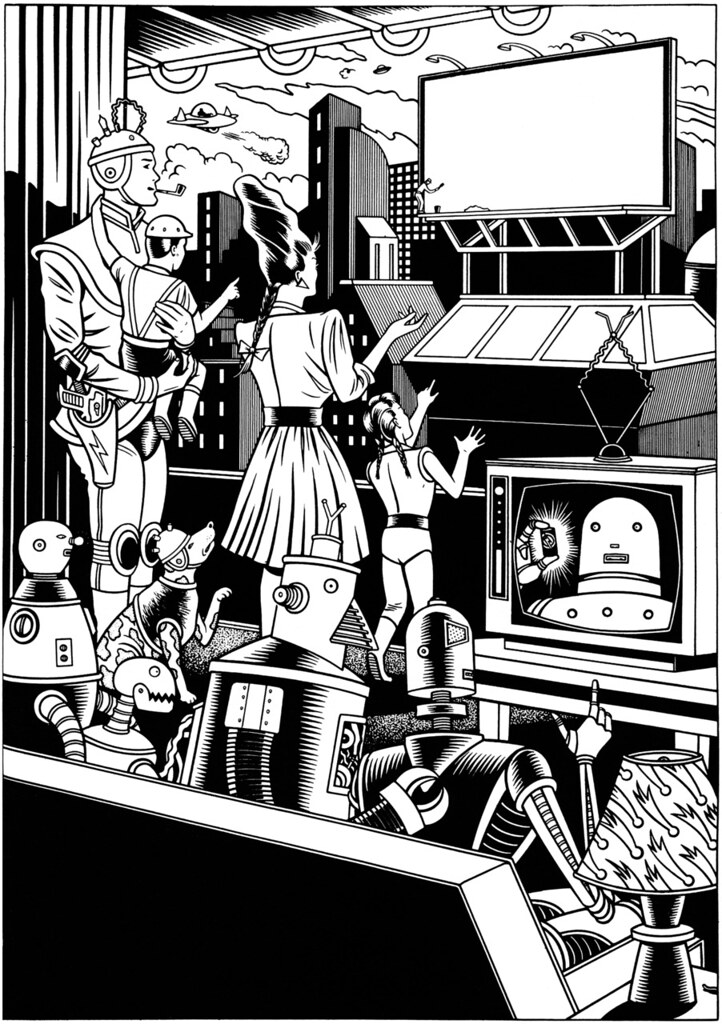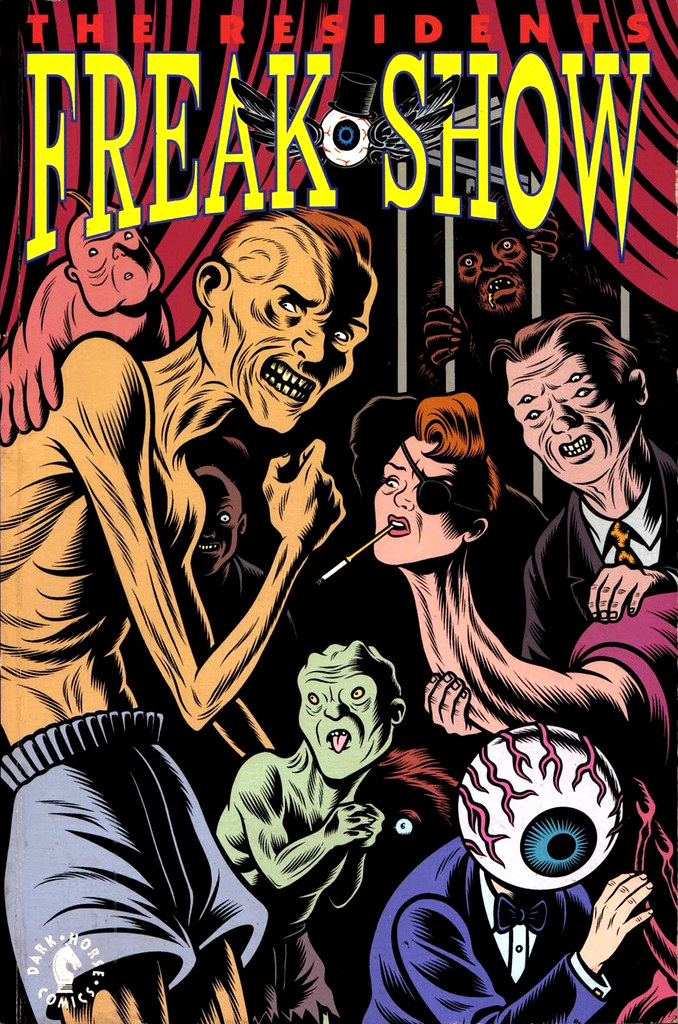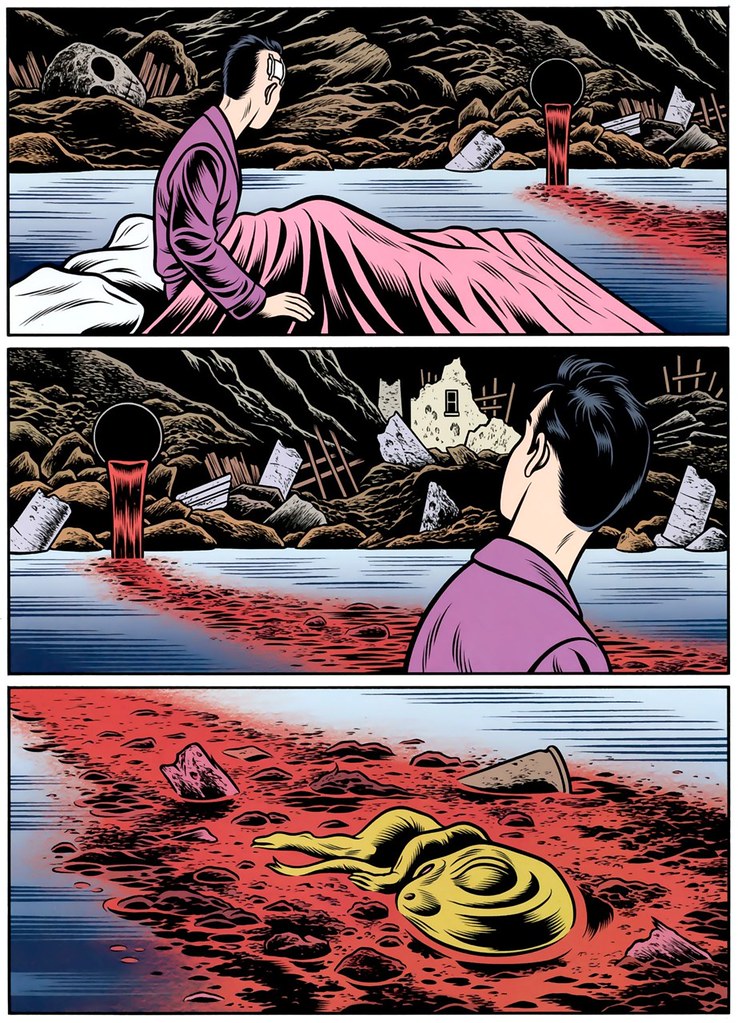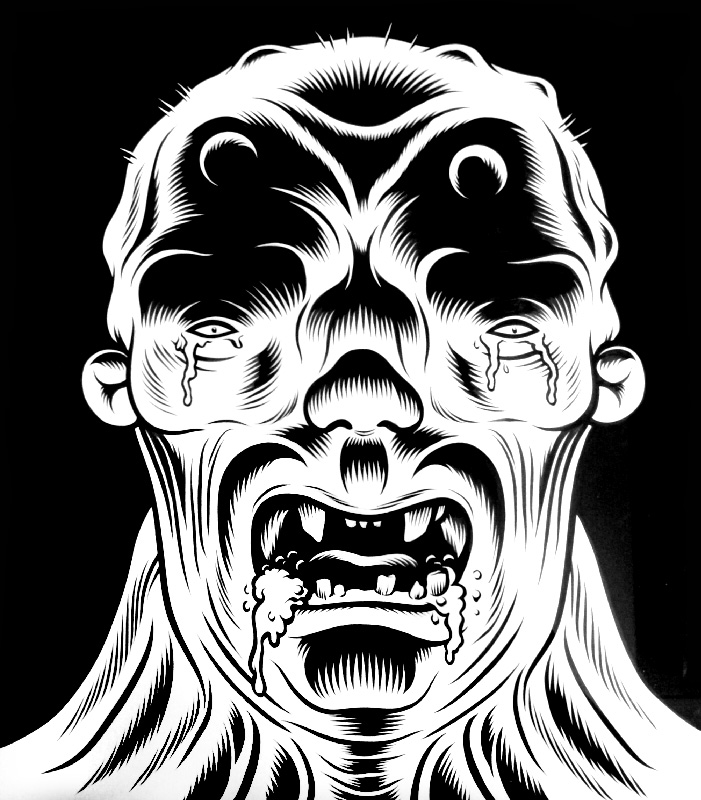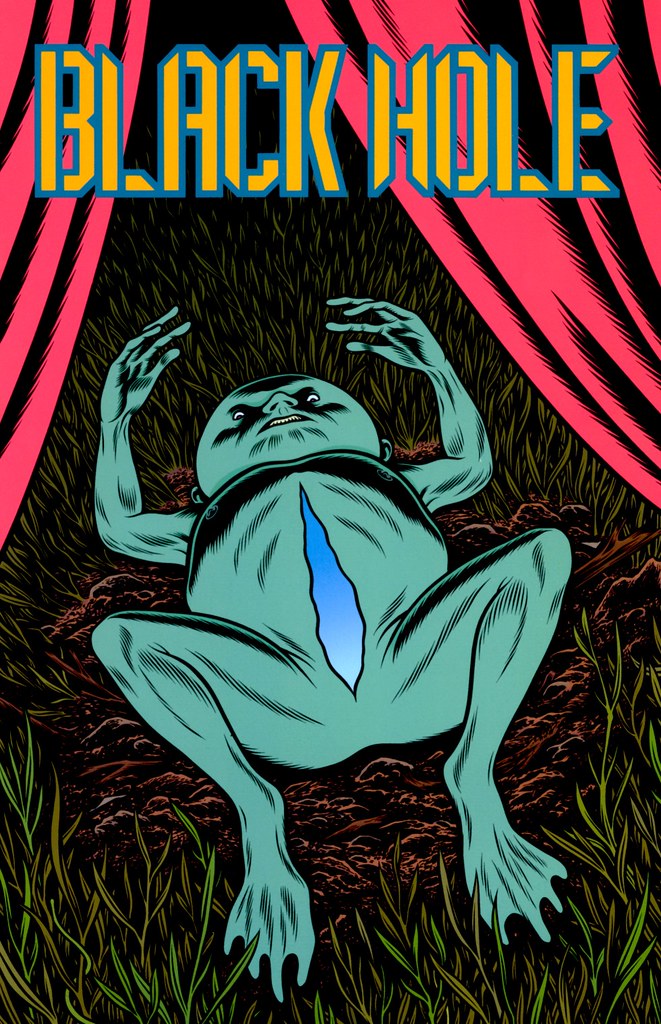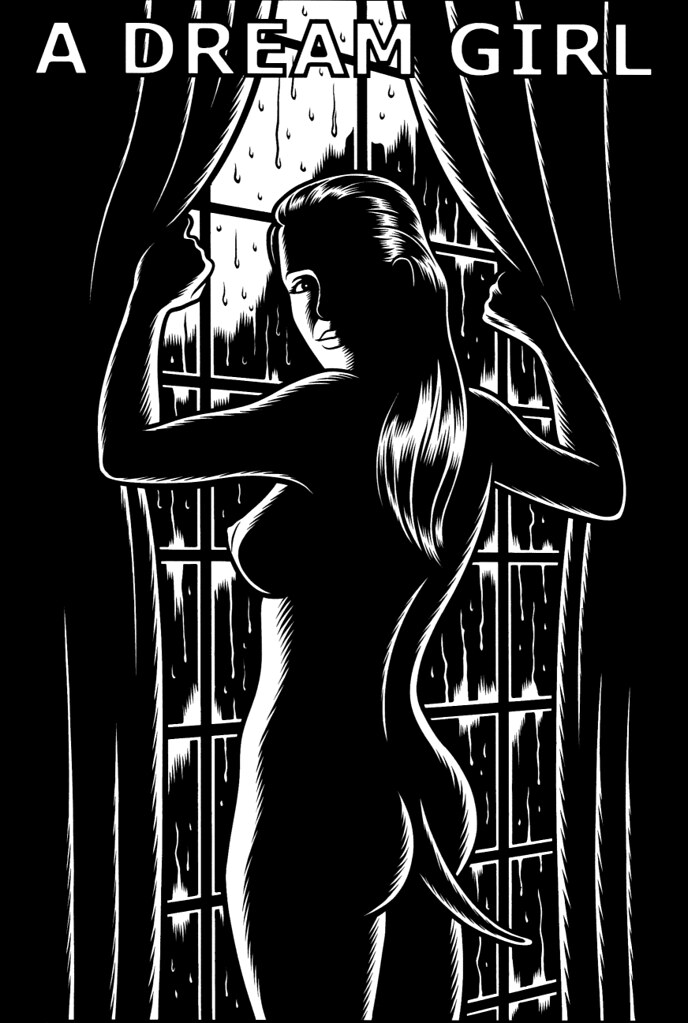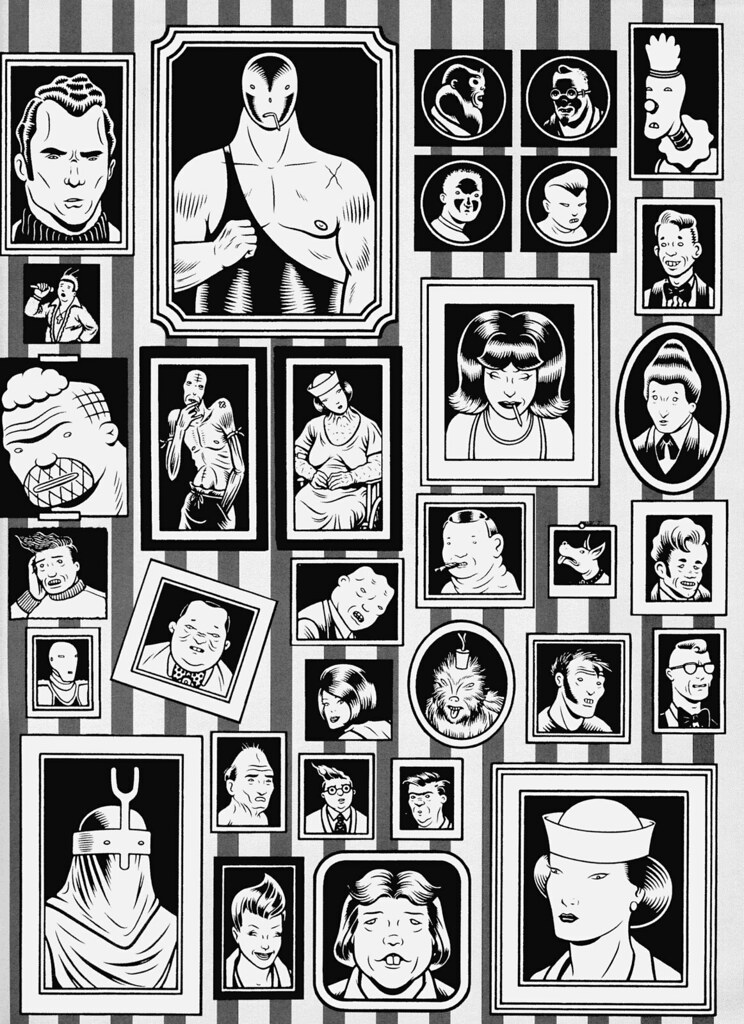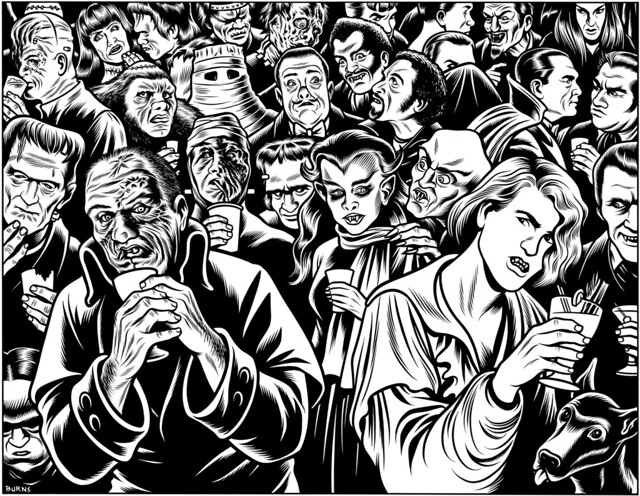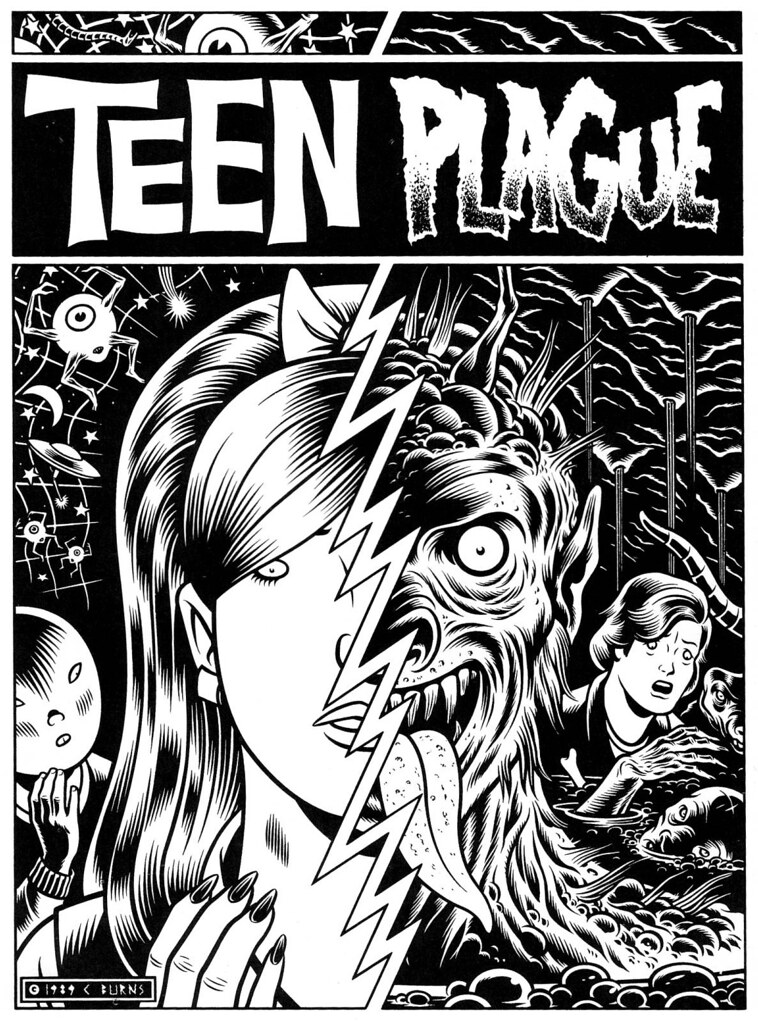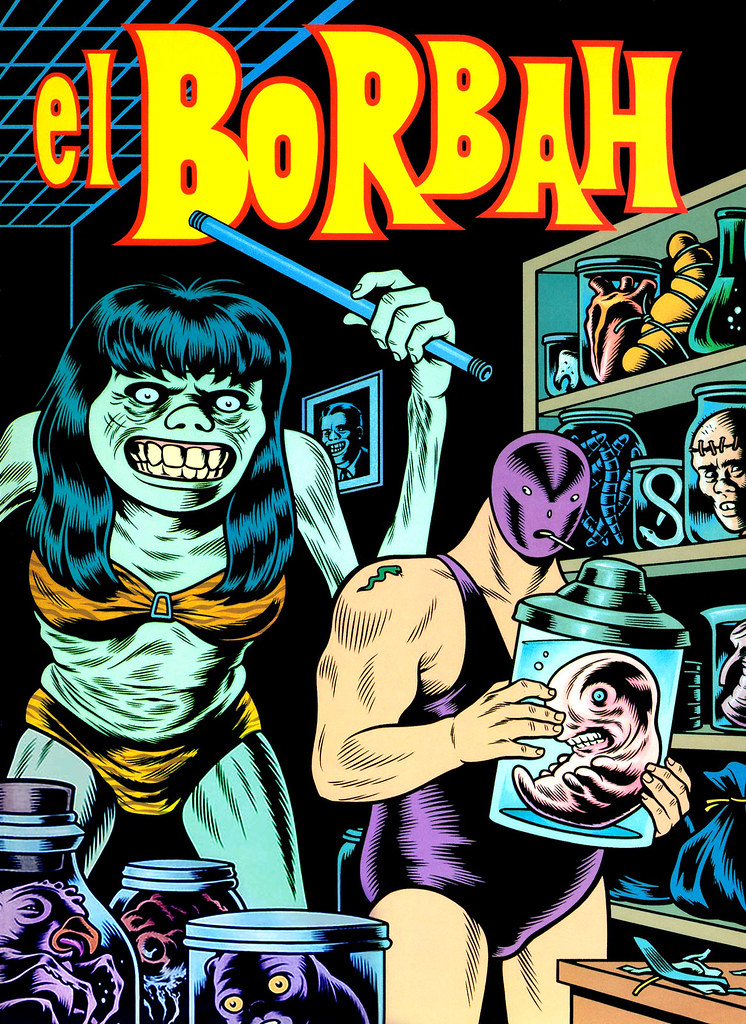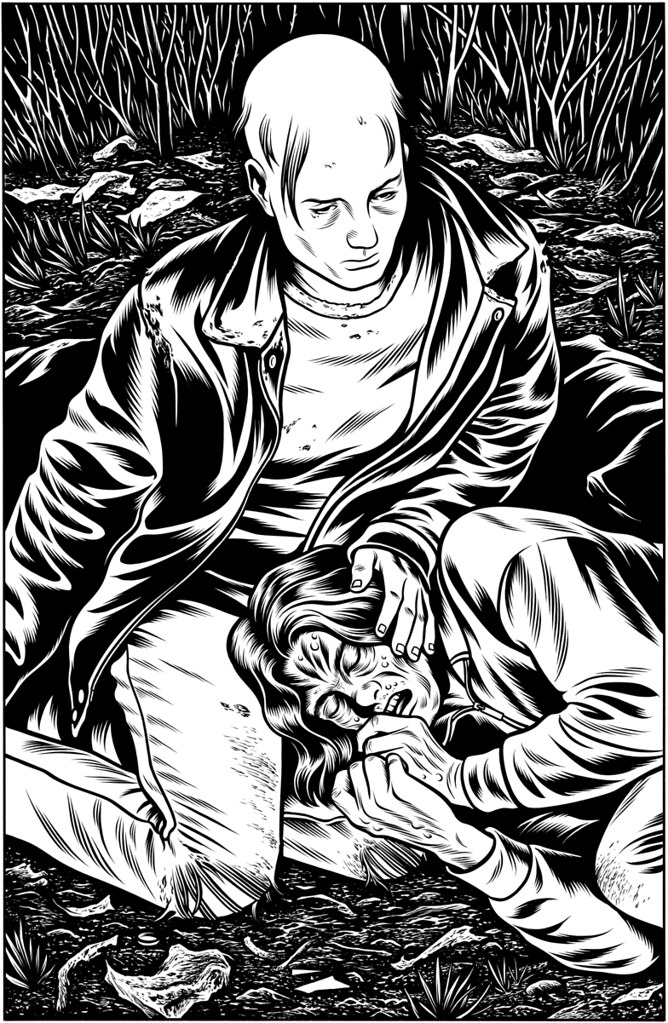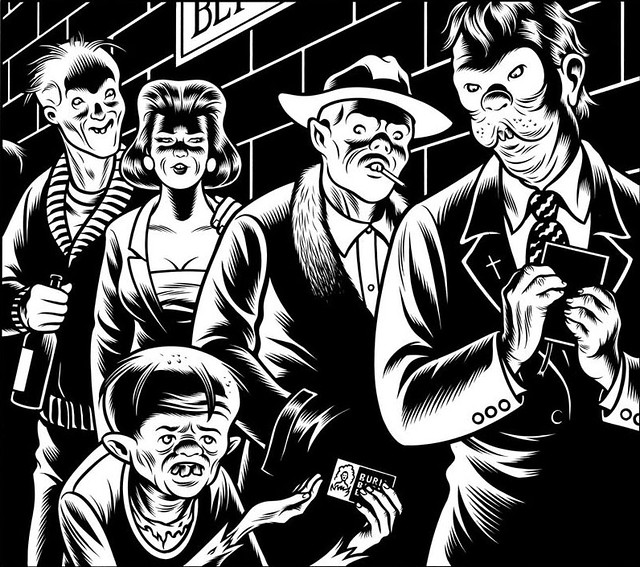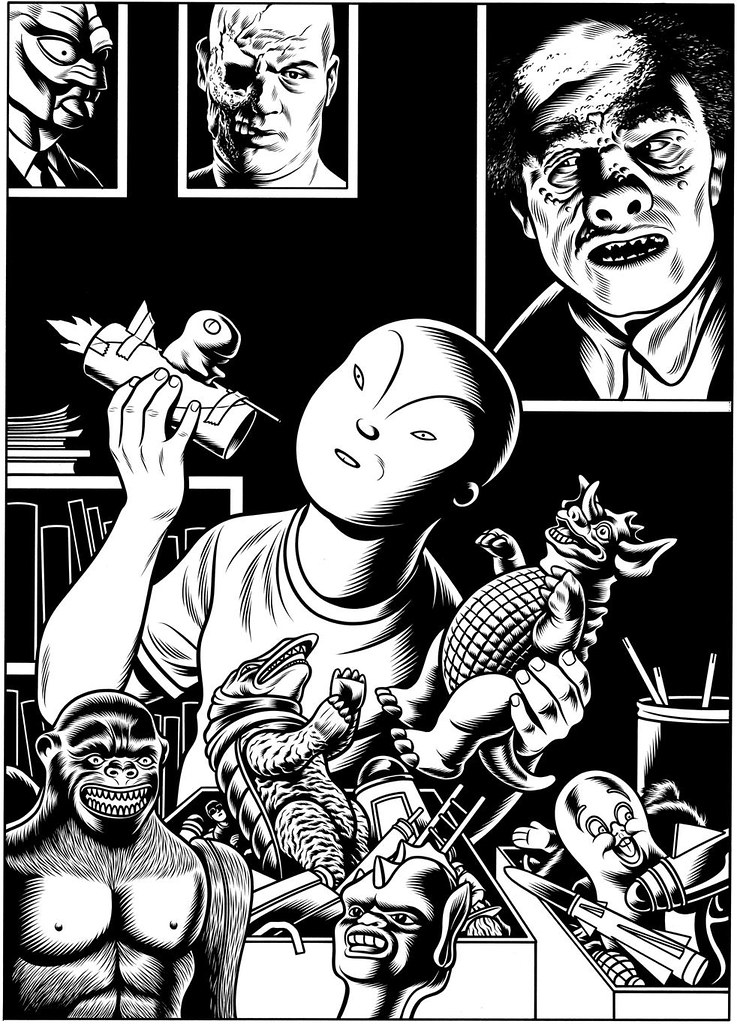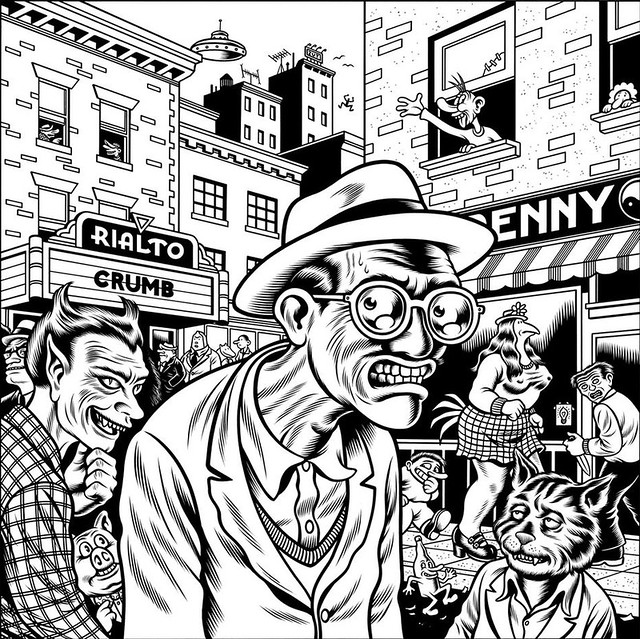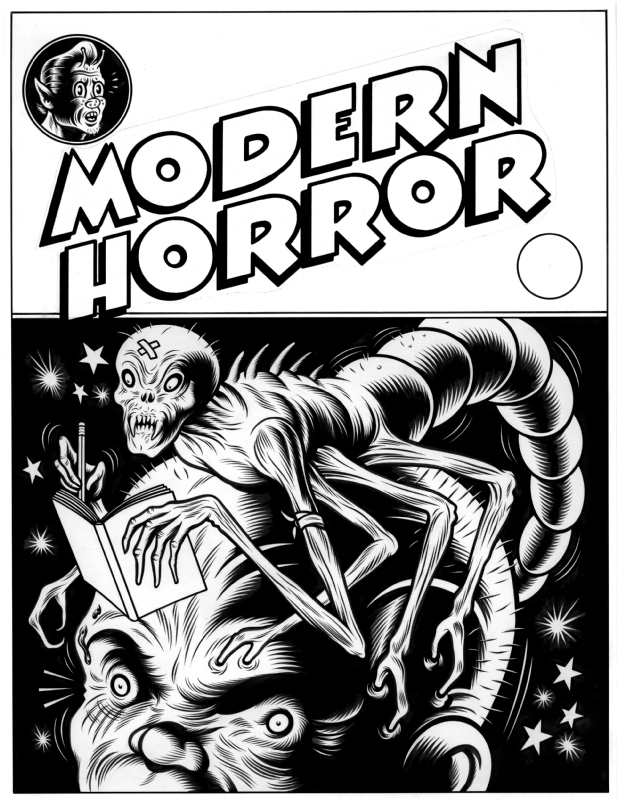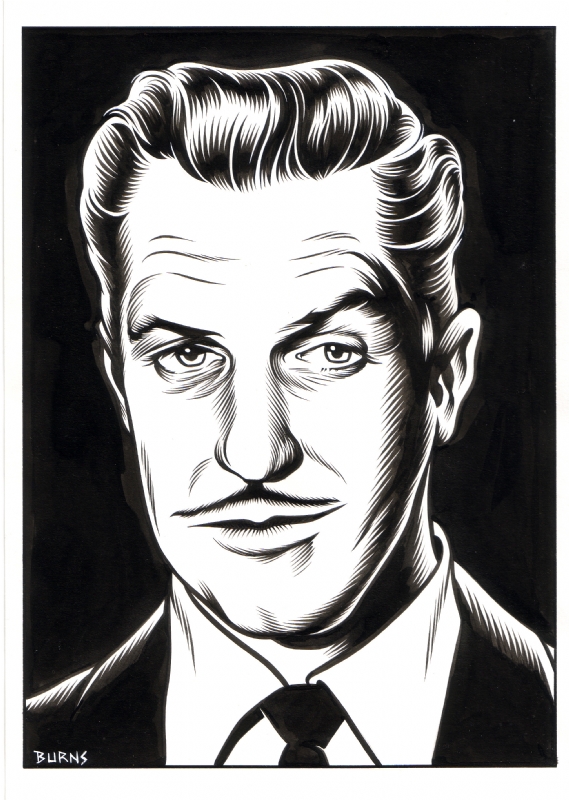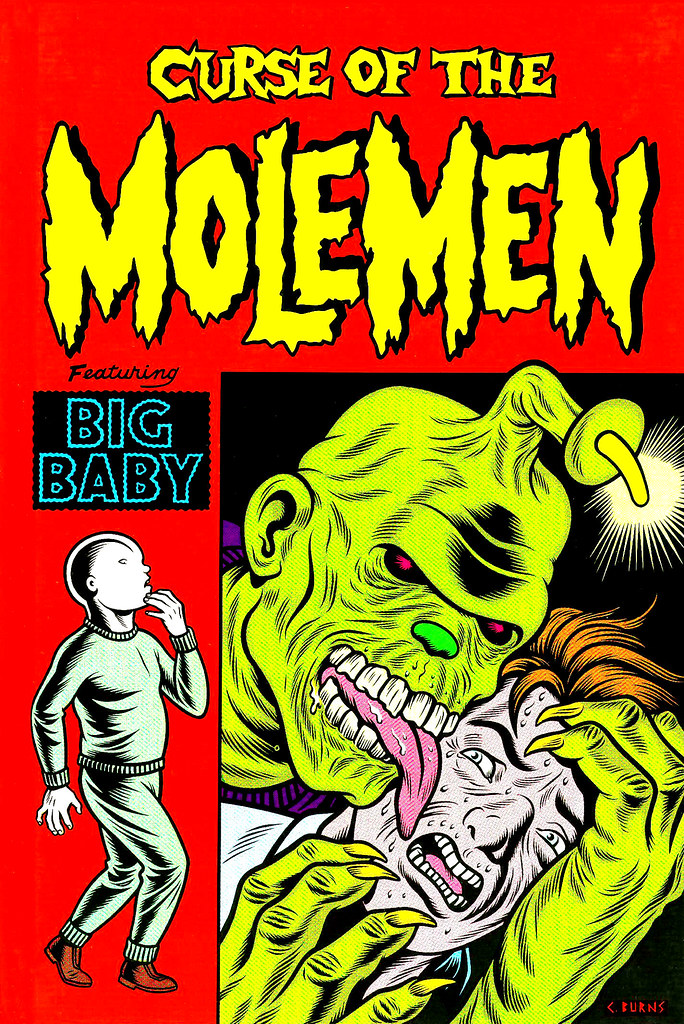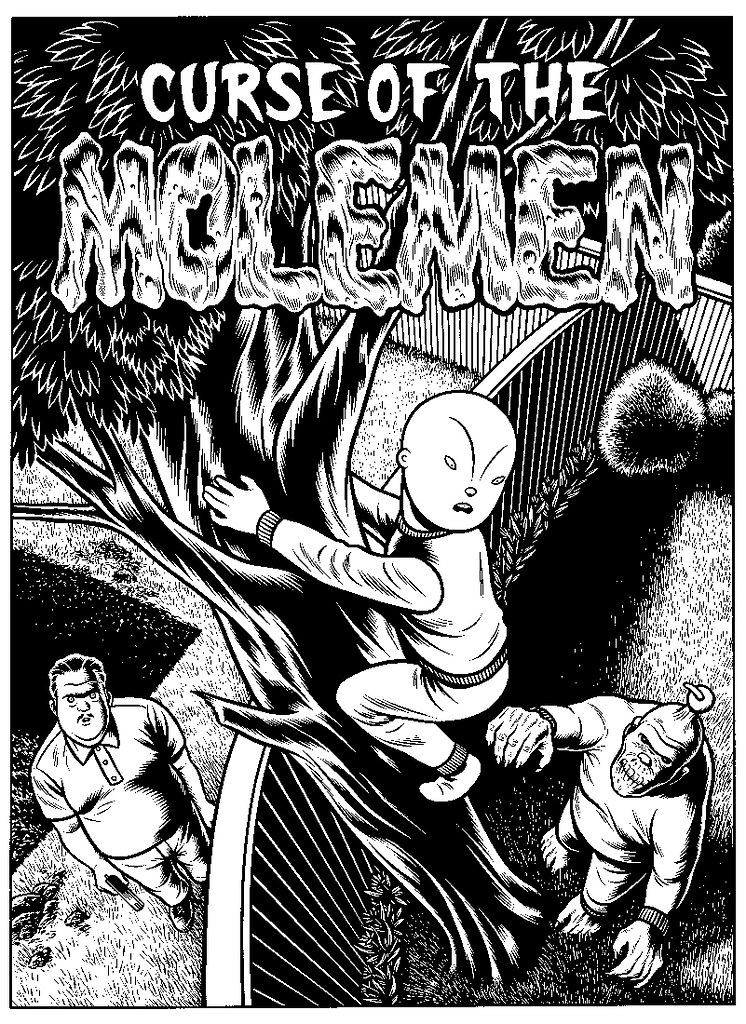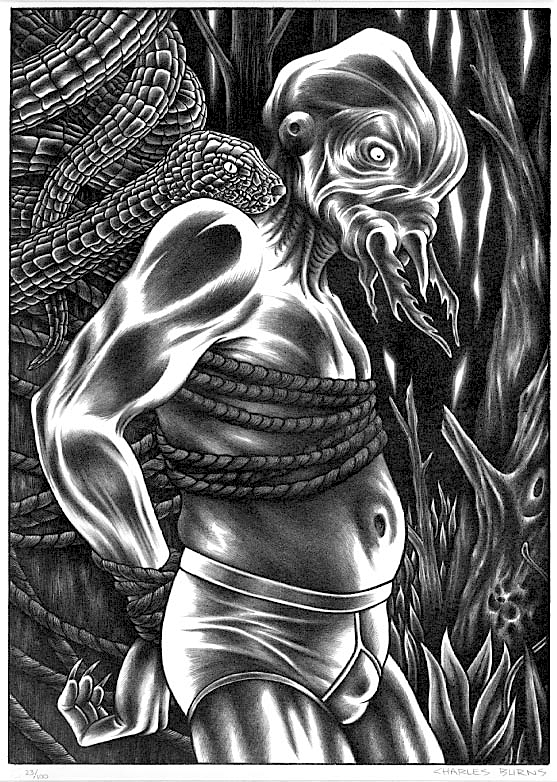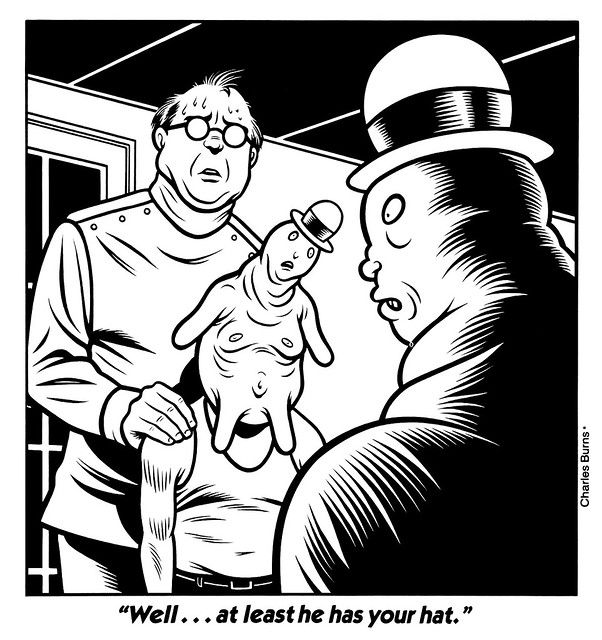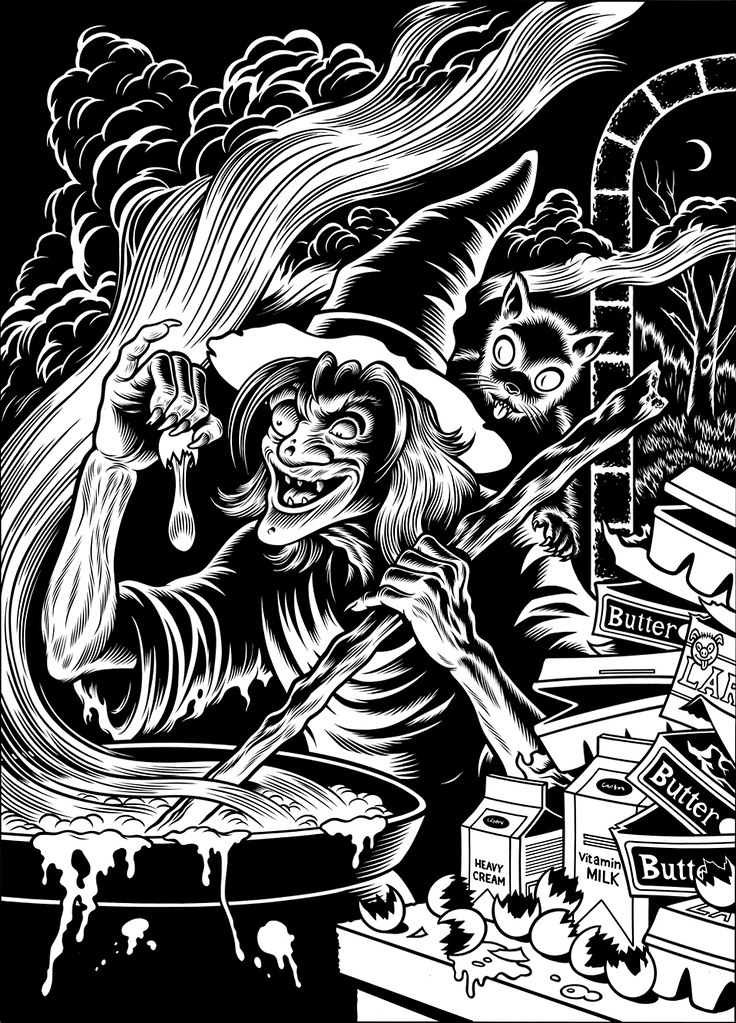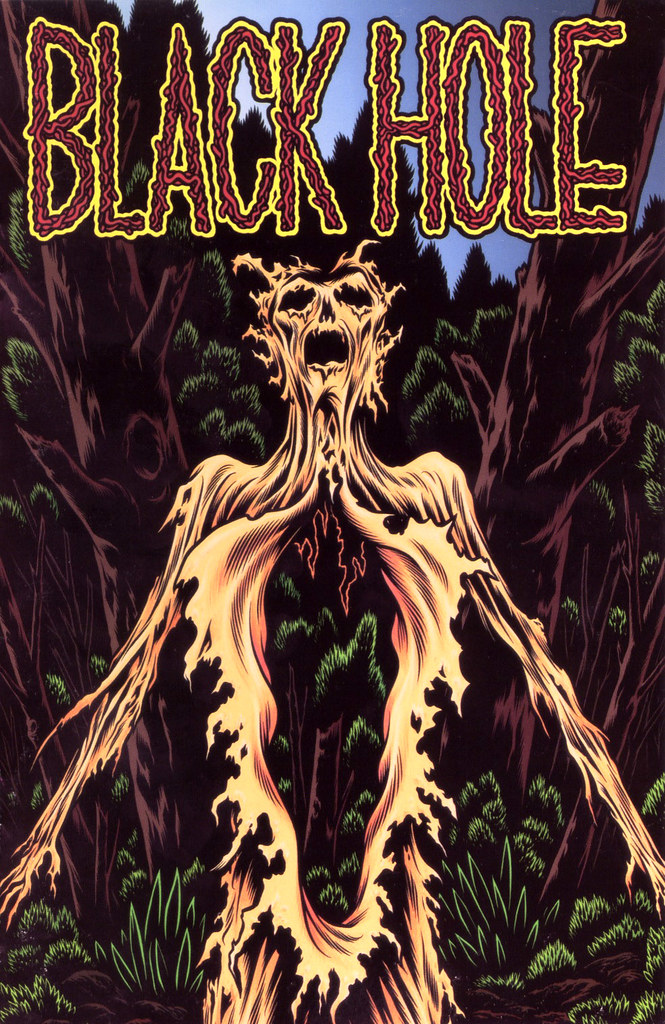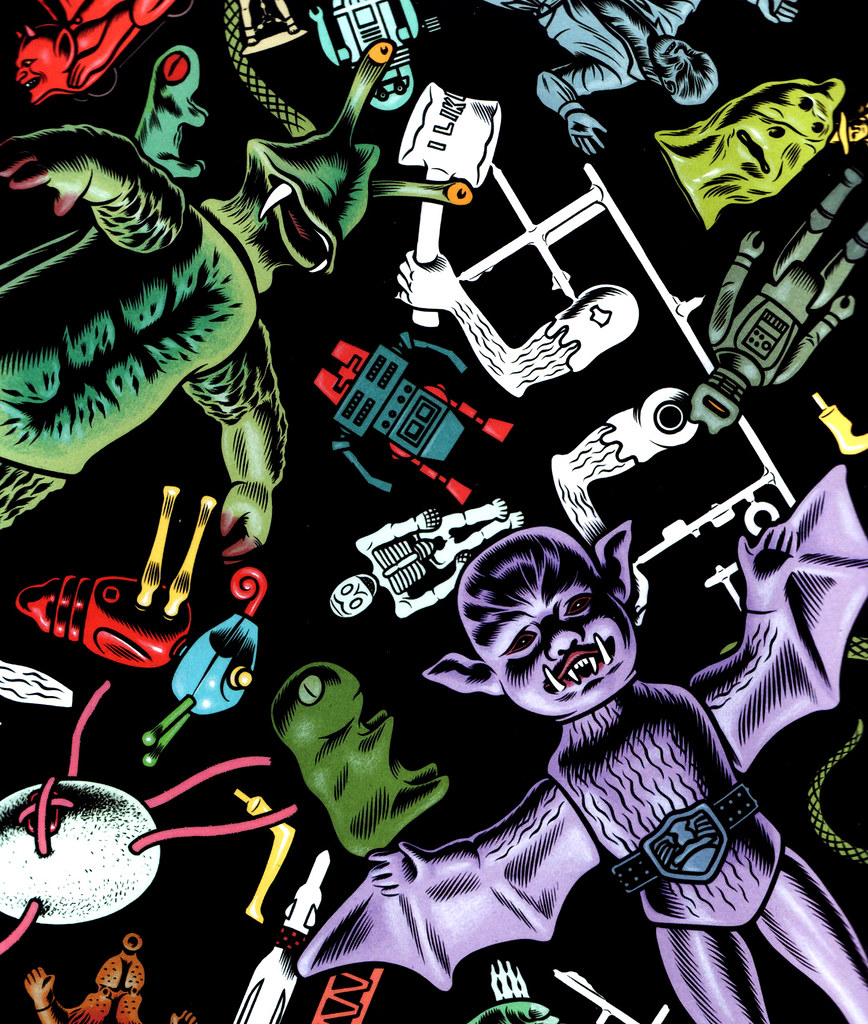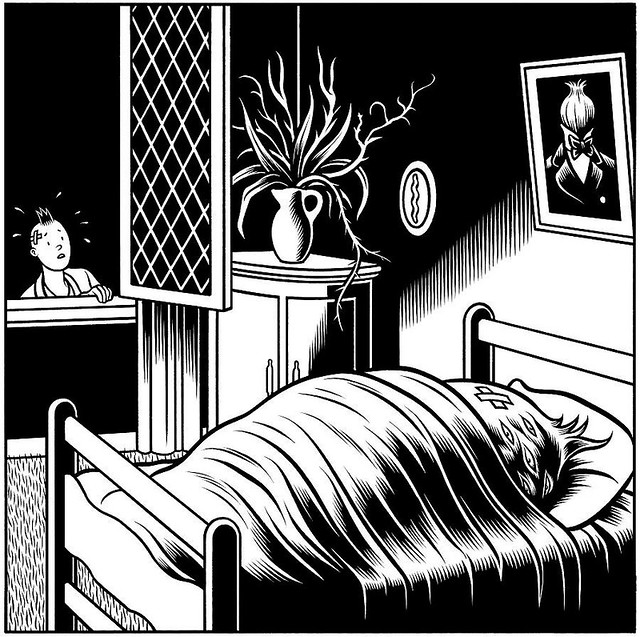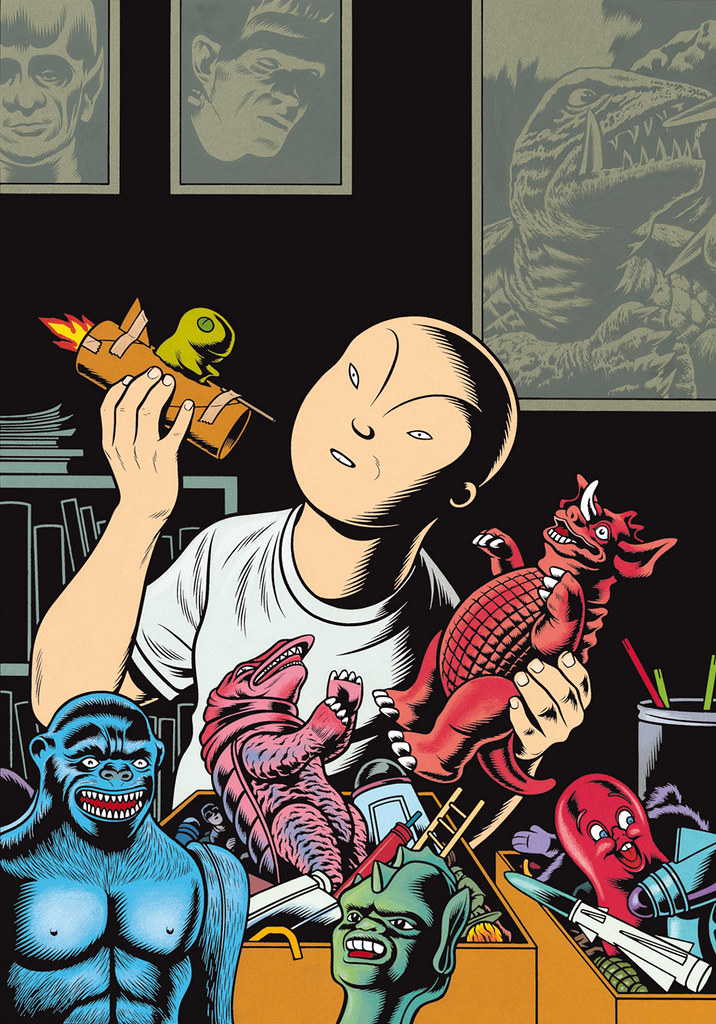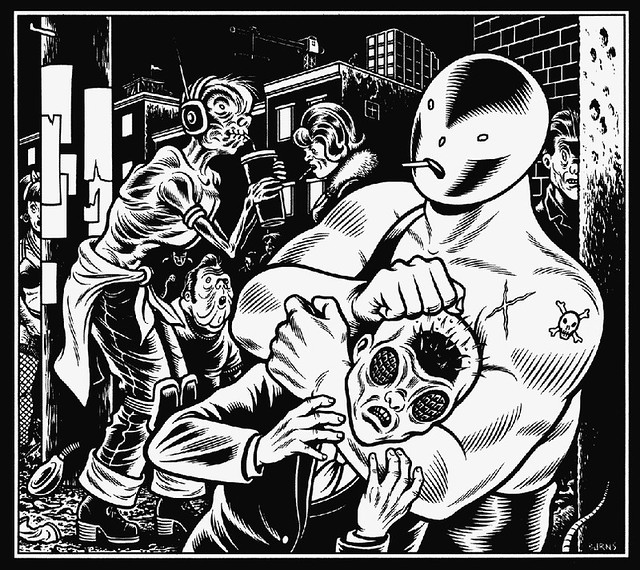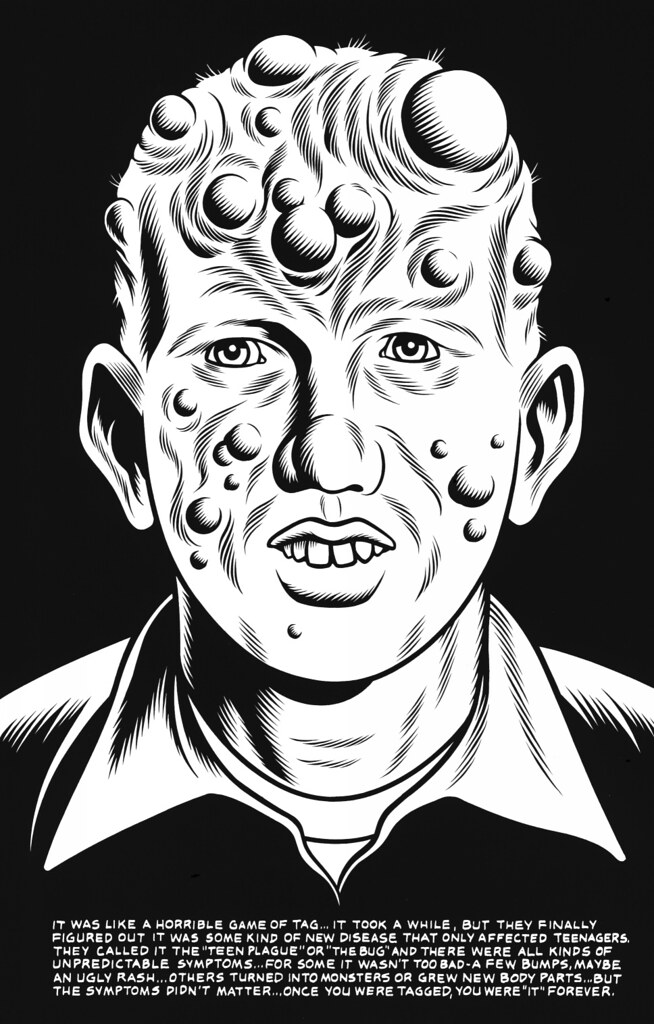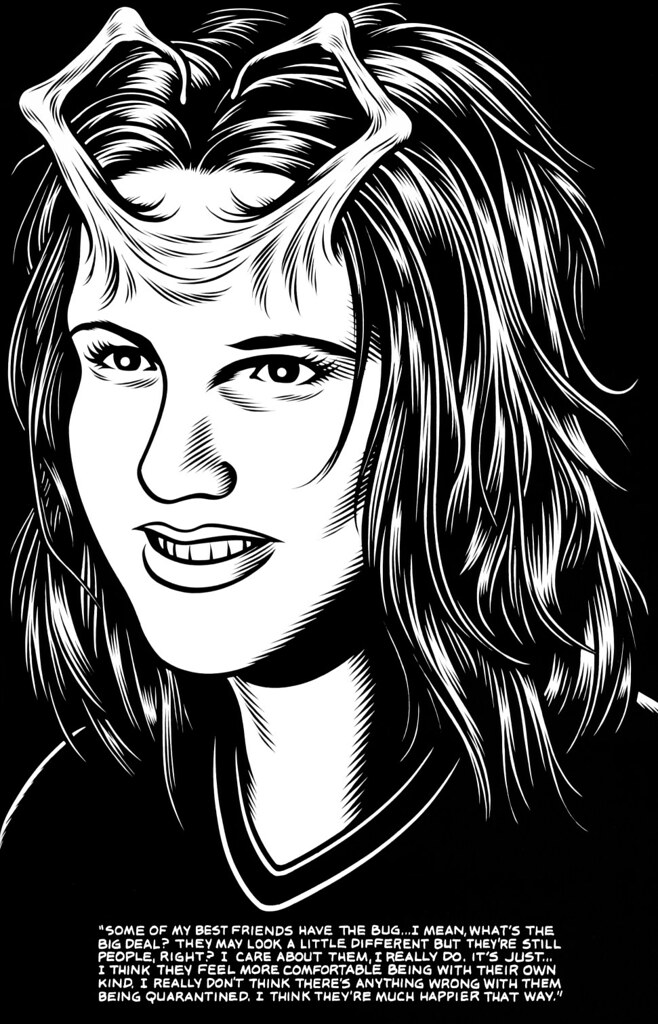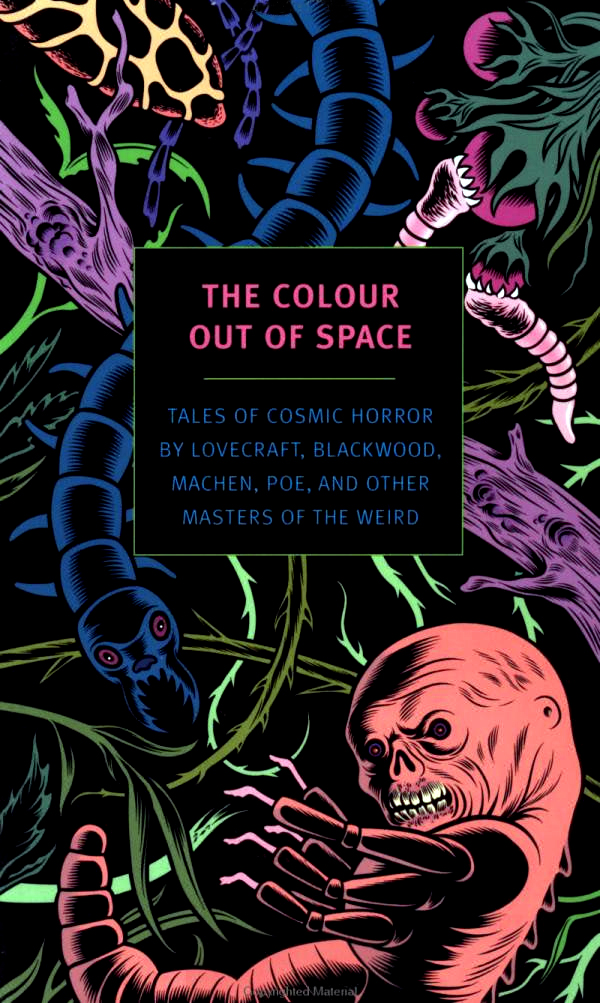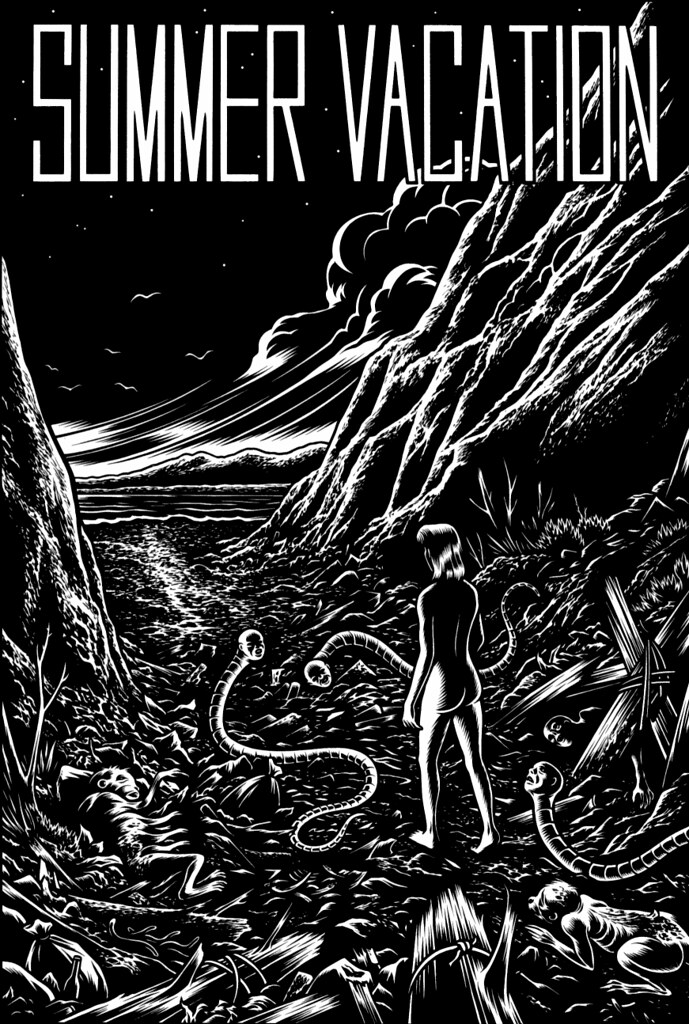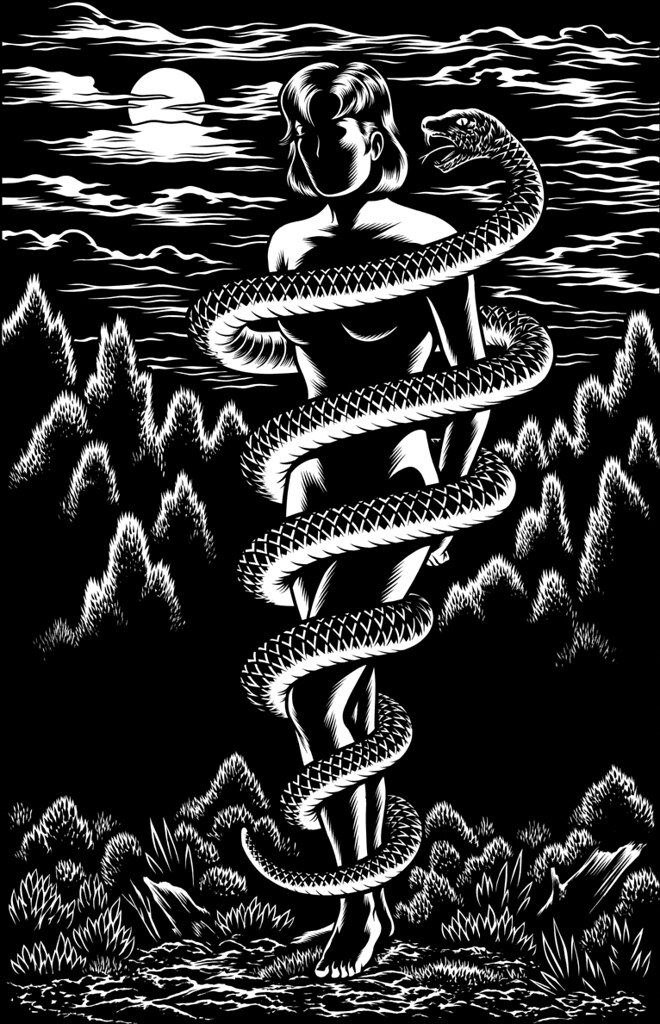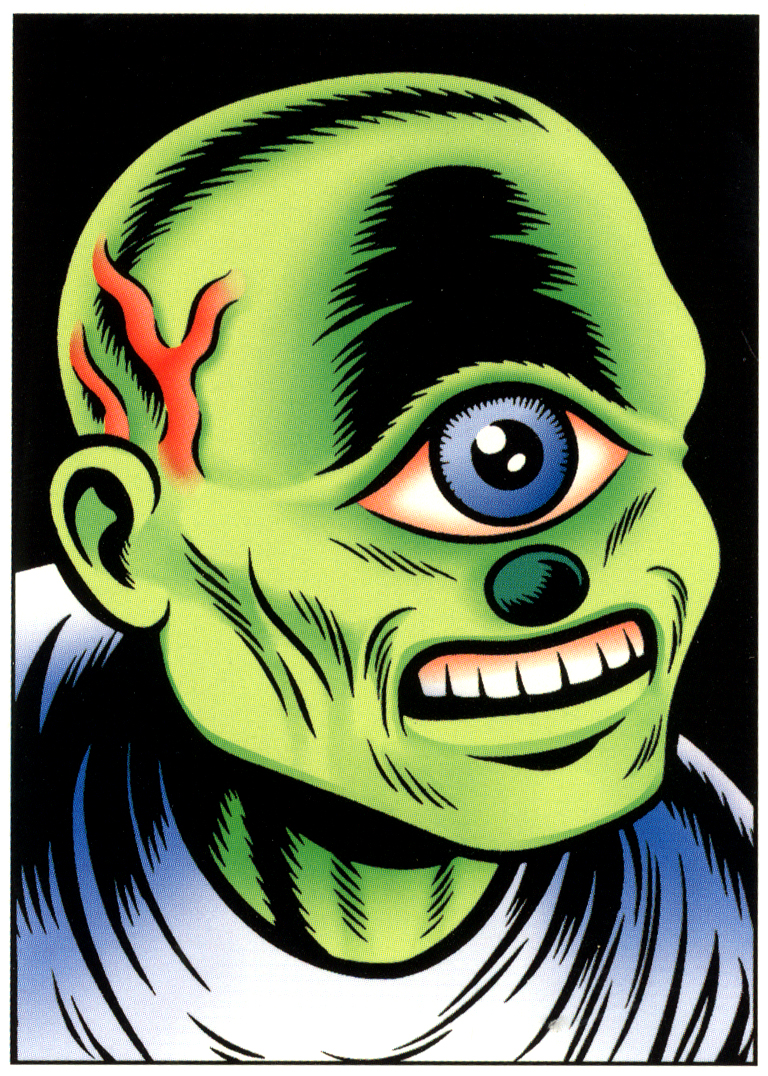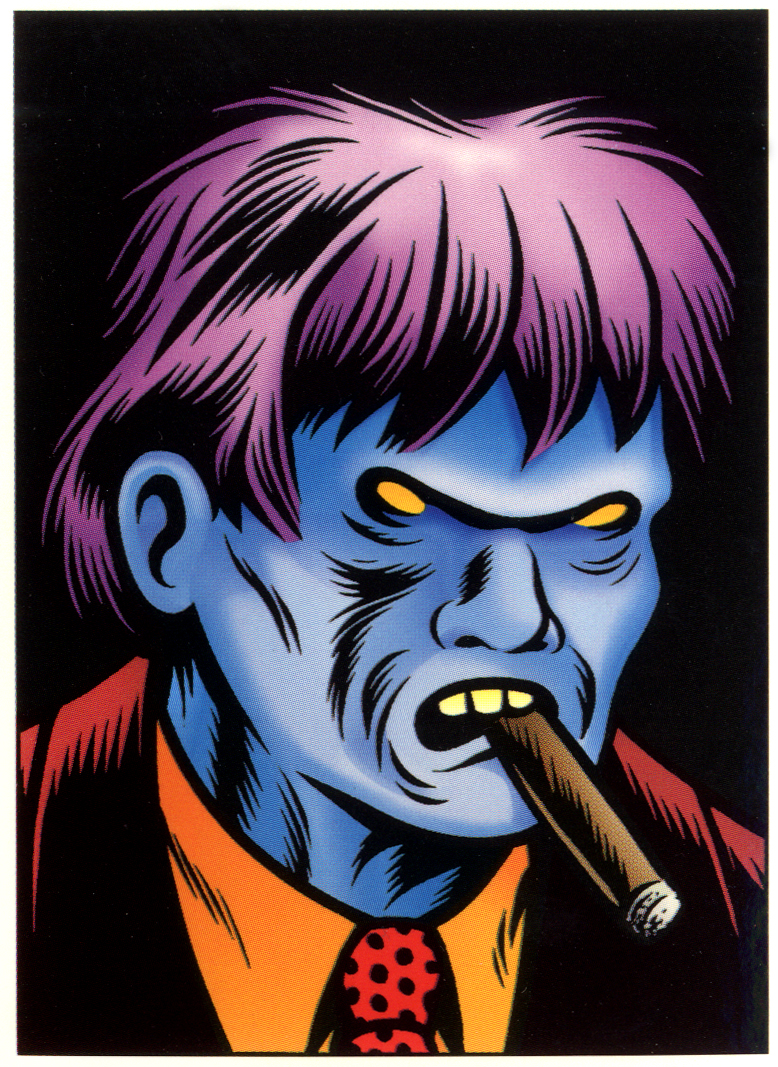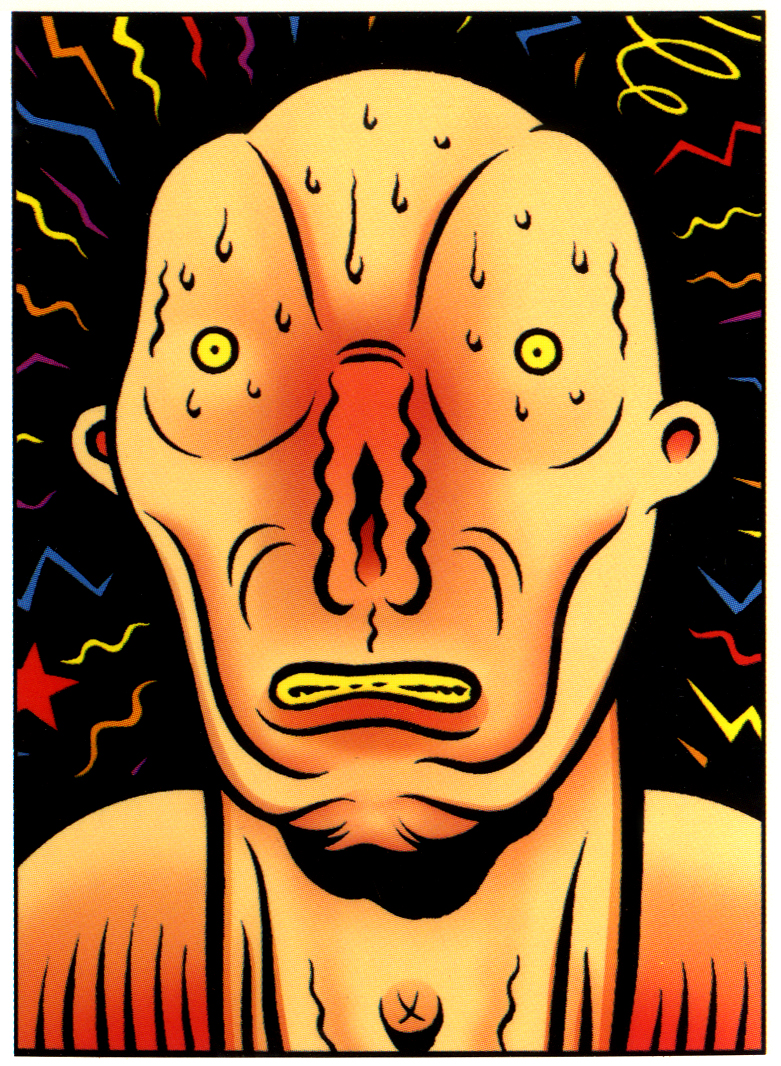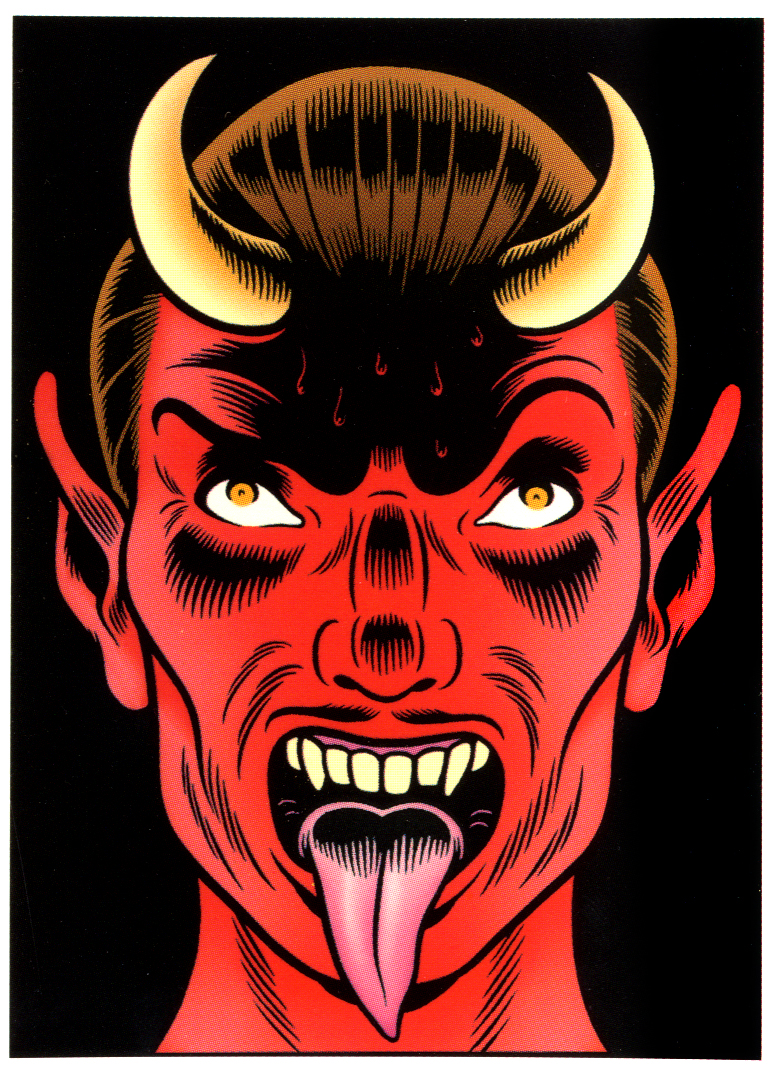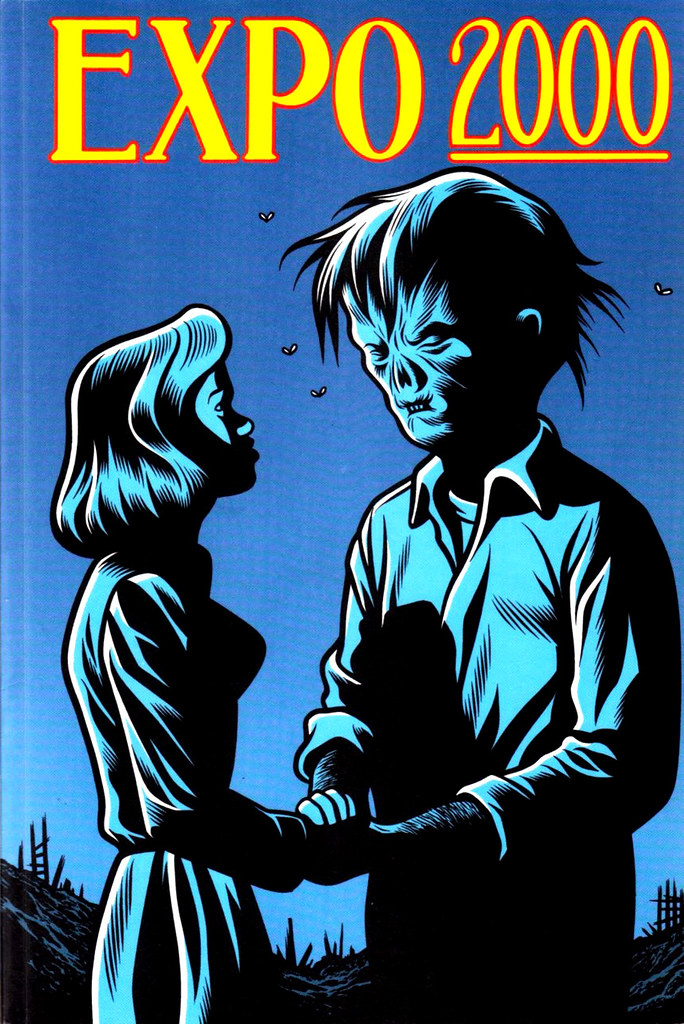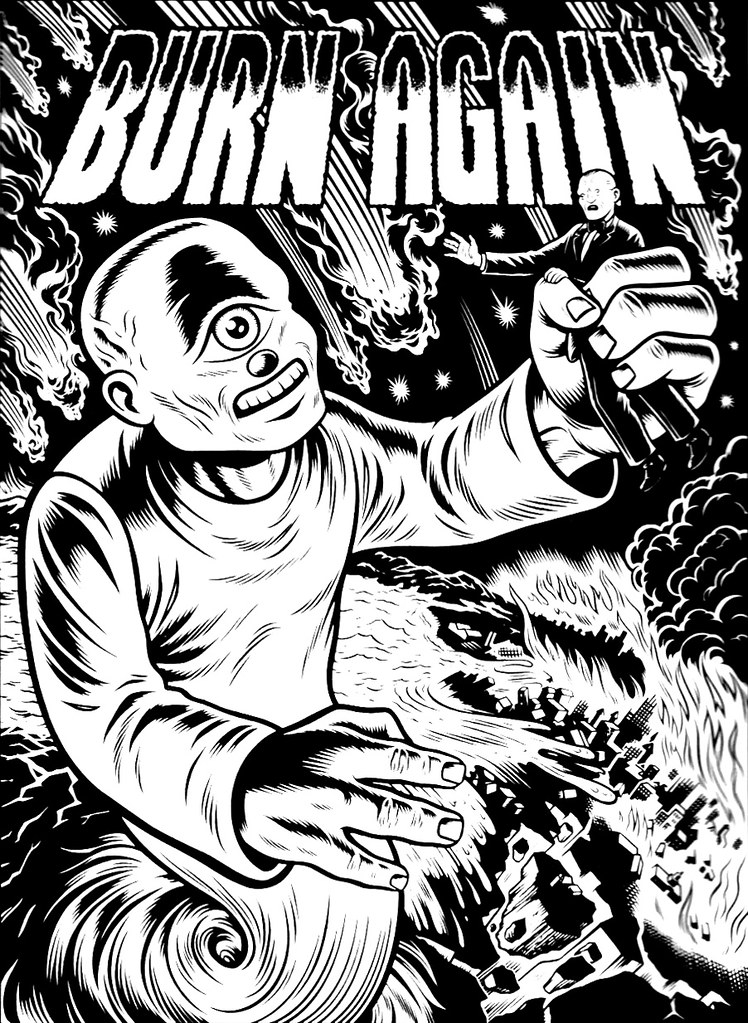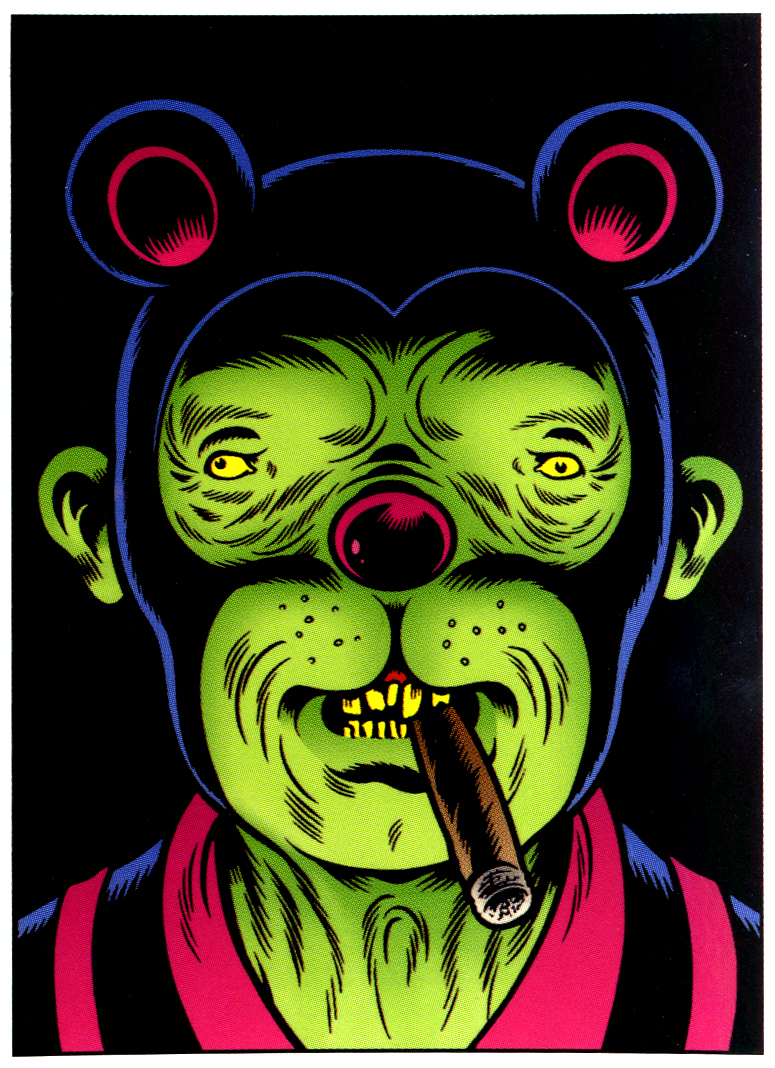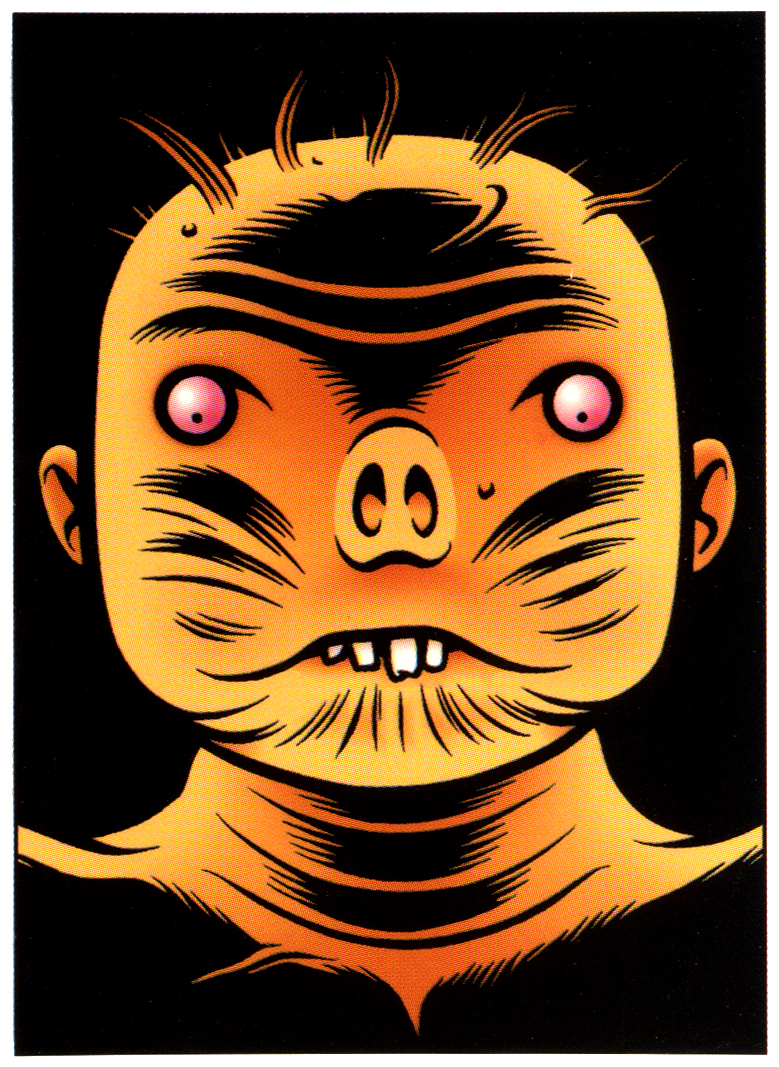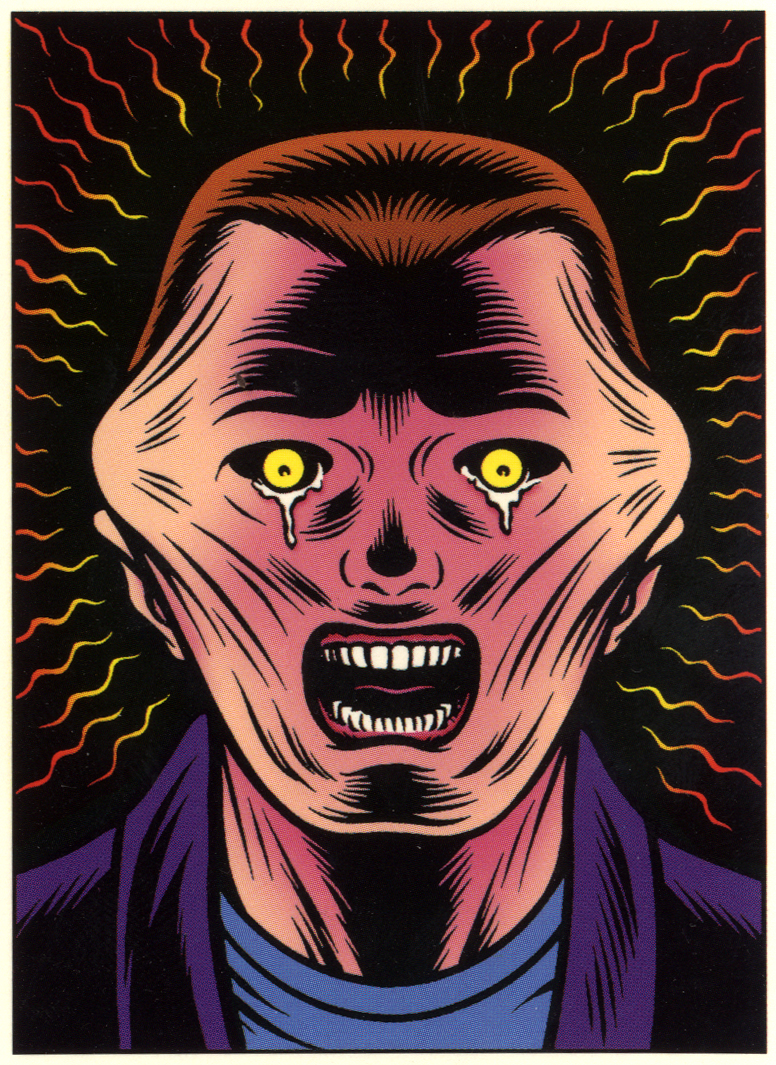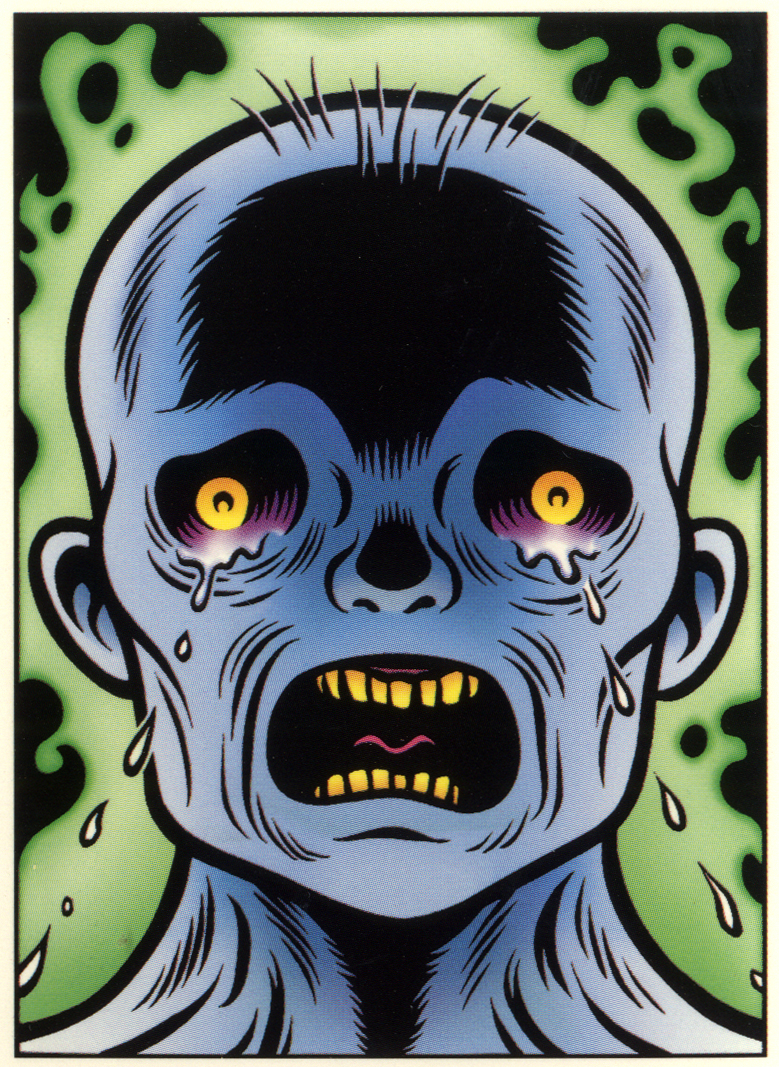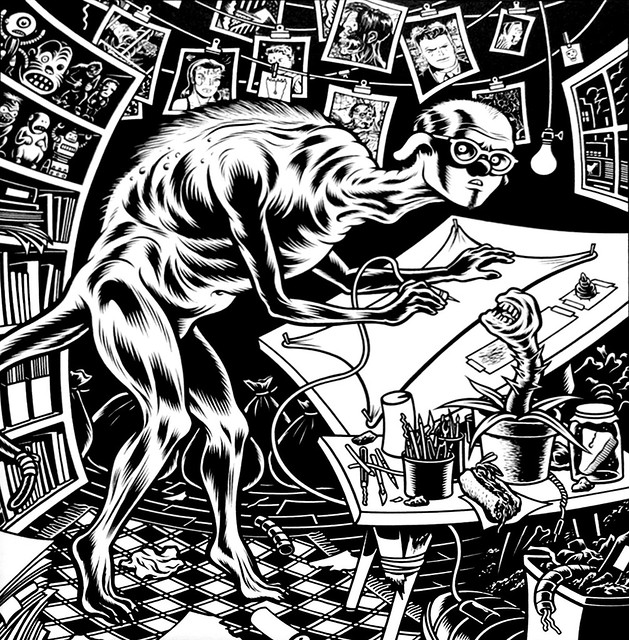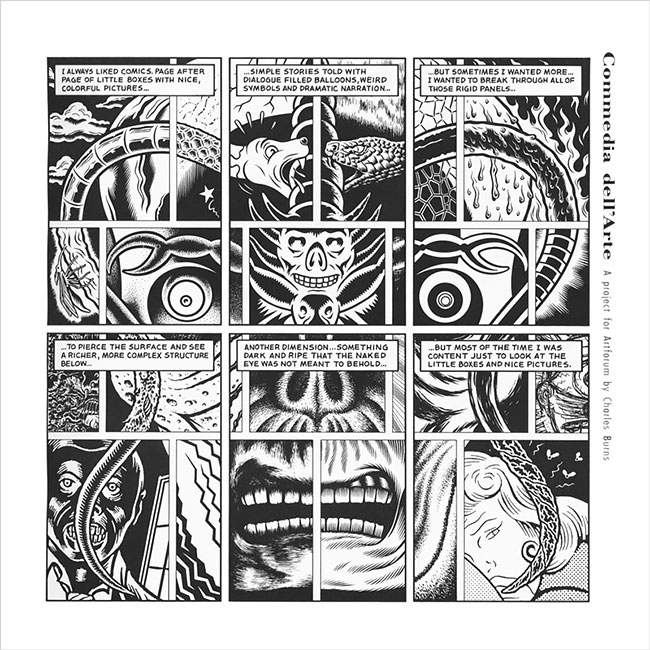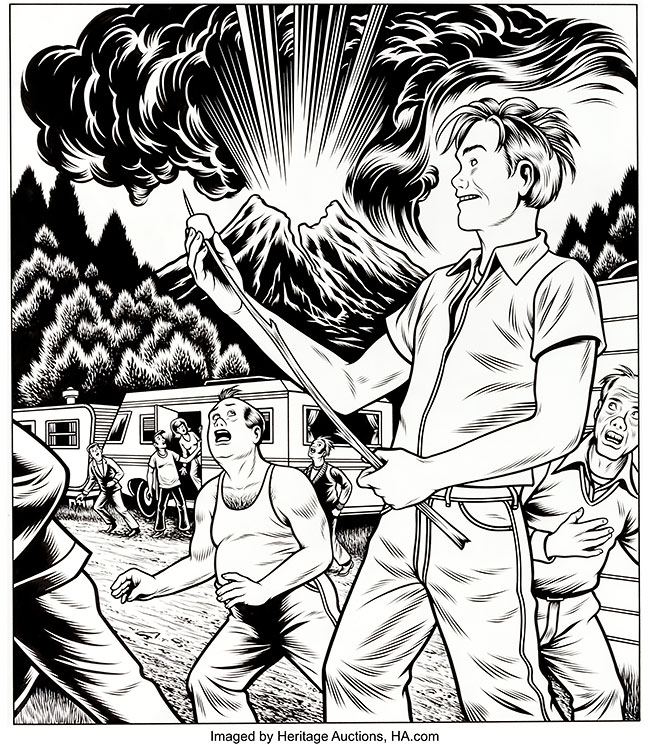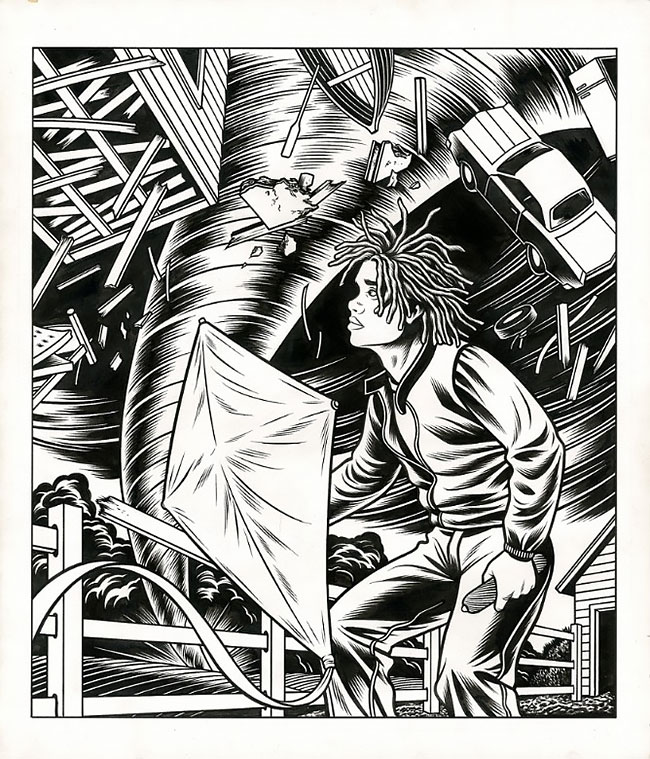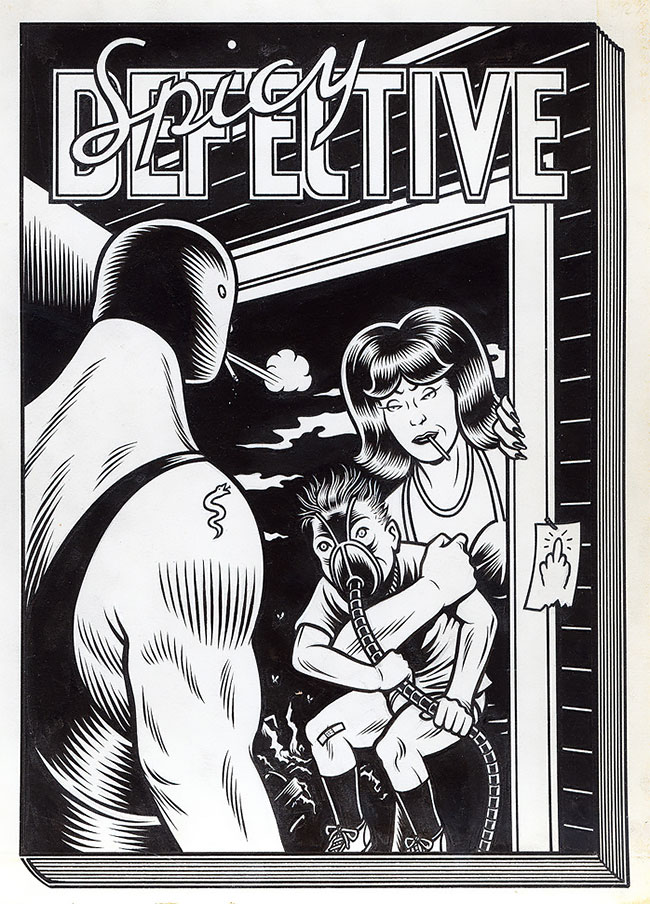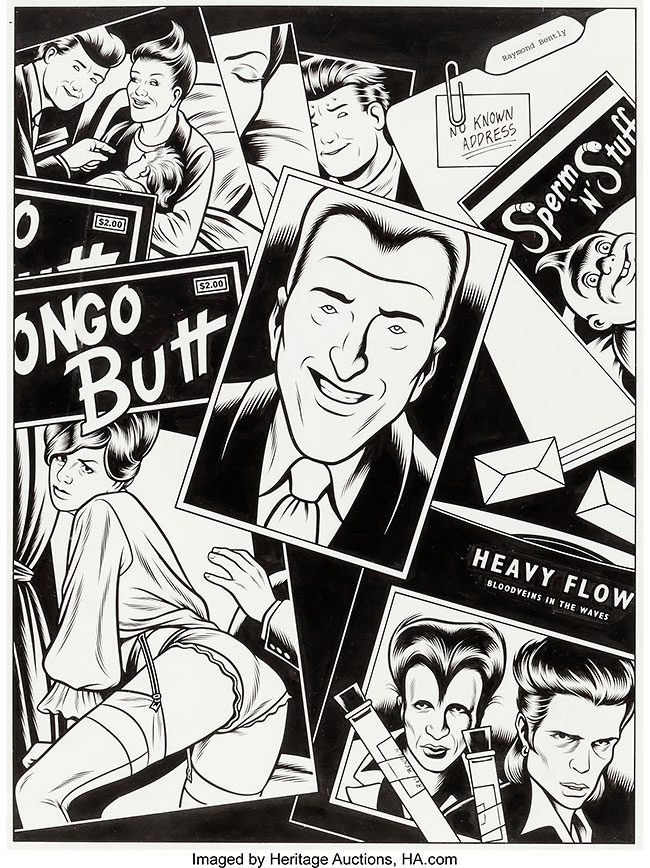“Blood Club”: The Bizarre & Beautiful Work of Charles Burns
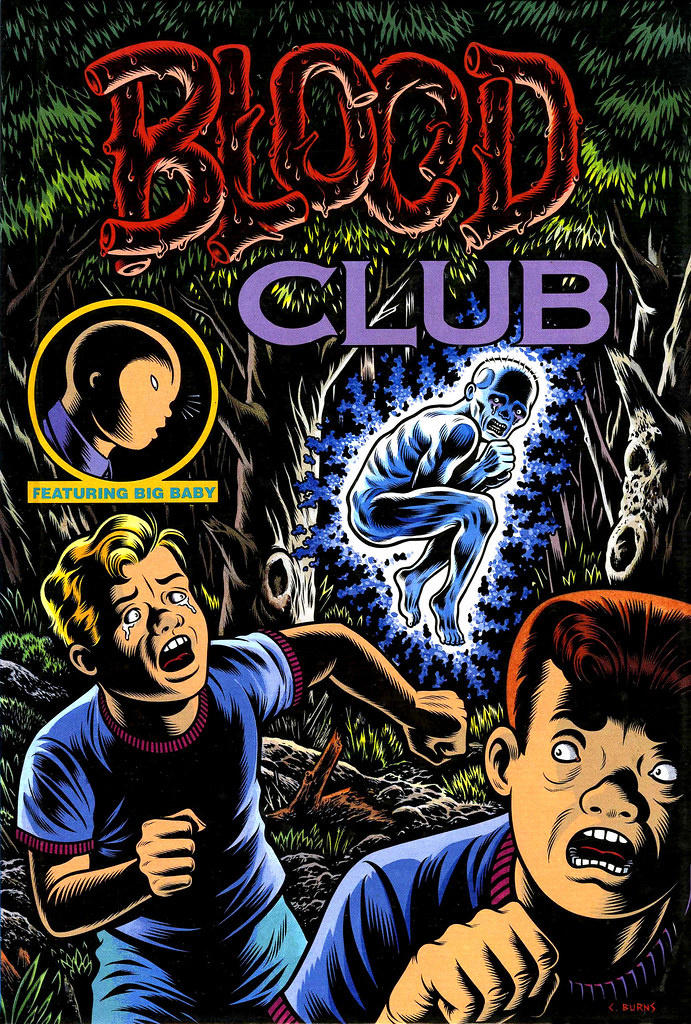
Charles Burns excels at making people feel uncomfortable. Born September 27, 1955, Burns has been making incredible comics since his debut in the early 1980s. Simultaneously, he’s cultivated a career as one of the most coveted and respected illustrators in the magazine industry. Today we celebrate one of the most unique voices in comics.
h/t: comicsalliance
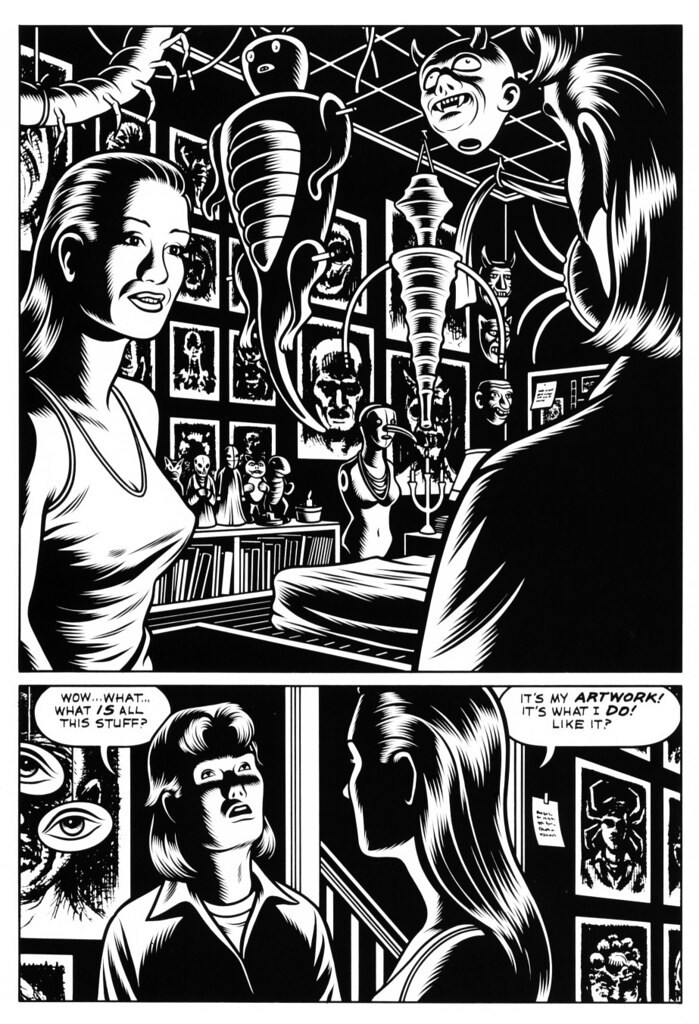
Raised by art-loving parents and a father who read comics, Charles Burns absorbed a medley of influences on his way to adulthood. Mad Magazine, EC Comics, horror movies, Pop Art, and underground comix were all formative; at college (where his classmates included Lynda Barry and Matt Groening, oddly enough) he developed an interest in photography and ukiyo-ye, the Japanese art of woodcut printing.
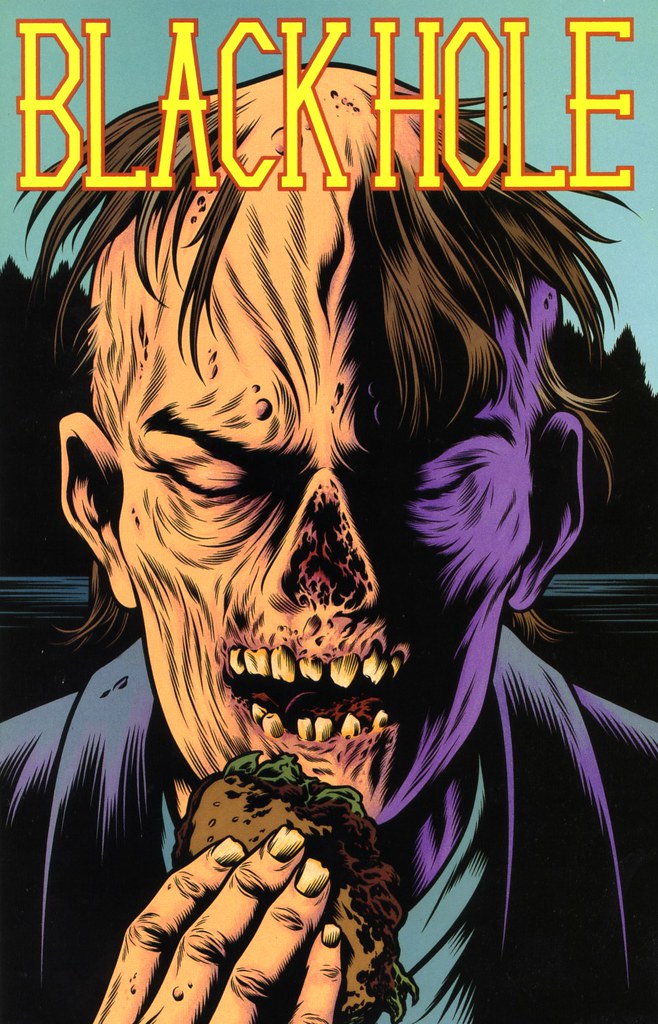
In varying degrees, all of these influences are apparent in Burns’s work, but he’s synthesized his inspirations into his comics in ways that seem to owe nothing to any particular school. With crisp, striking illustrations inked entirely with a finely-controlled brush, even his first black-and-white comics seem to come from a voice that’s fully-formed and never fumbling around to express his idiosyncratic vision.

A genuine magnum opus that took Burns over a decade to complete, Black Hole is evocative, eerie and almost frighteningly familiar. The horror element and the apparent symbolism of “the Bug” string Black Hole with an uneasy tension that can almost be too much to take at times, but where the book really triumphs is its universality. Burns’s understanding of teenage relationships, the fear of adulthood, and the agony of the internal and uncontrollable imbues Black Hole with an awful, dreamlike anxiety.
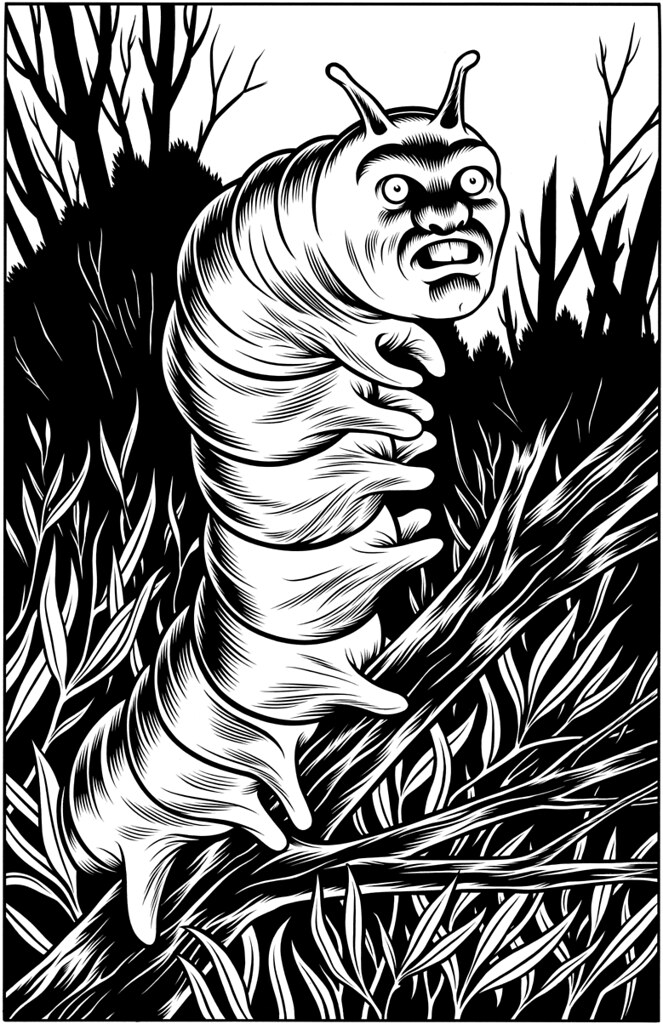
Over his long career, Burns has shocked and appalled, flummoxed and confused, stunned and captivated. He is truly one of kind, and nearly everything he creates – from Big Baby and El Borbah to Black Hole and Sugar Skull — is challenging, unnerving, and explicitly, inescapably beautiful.
